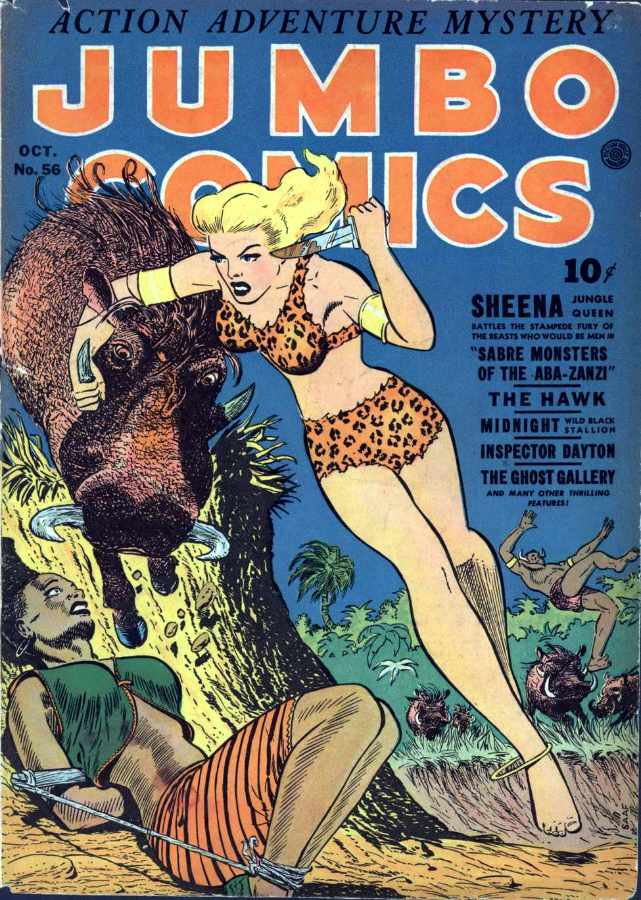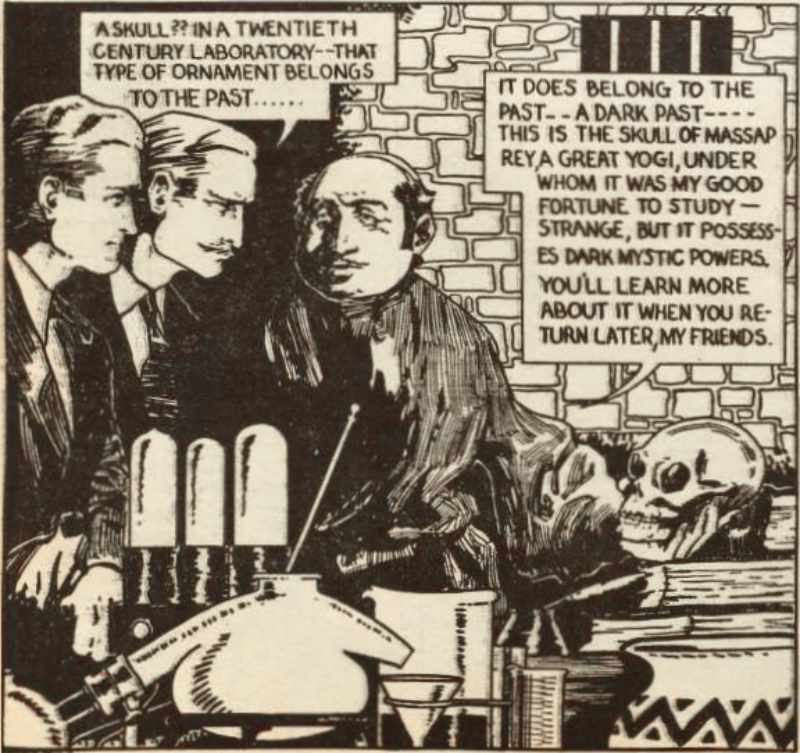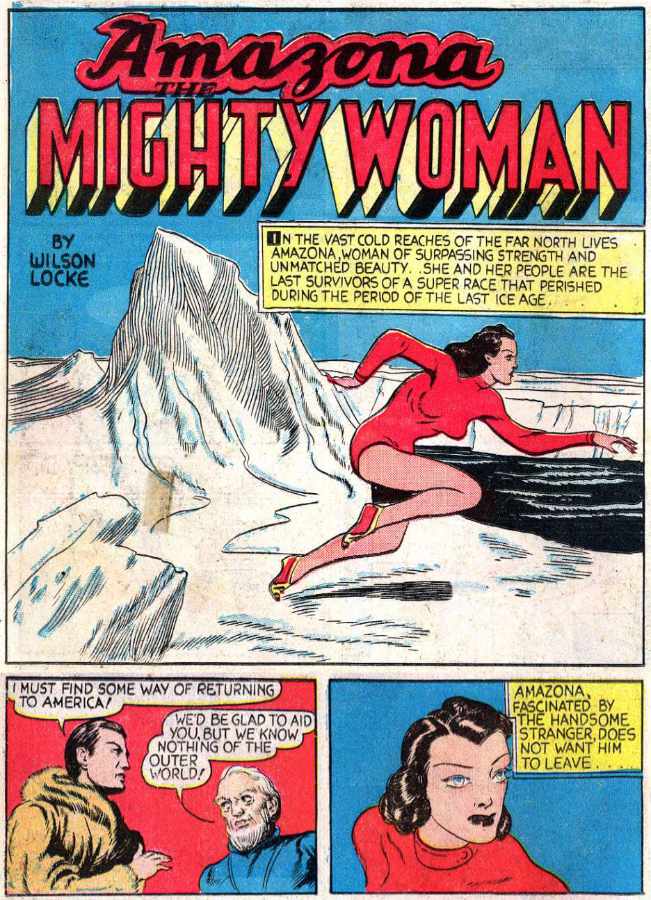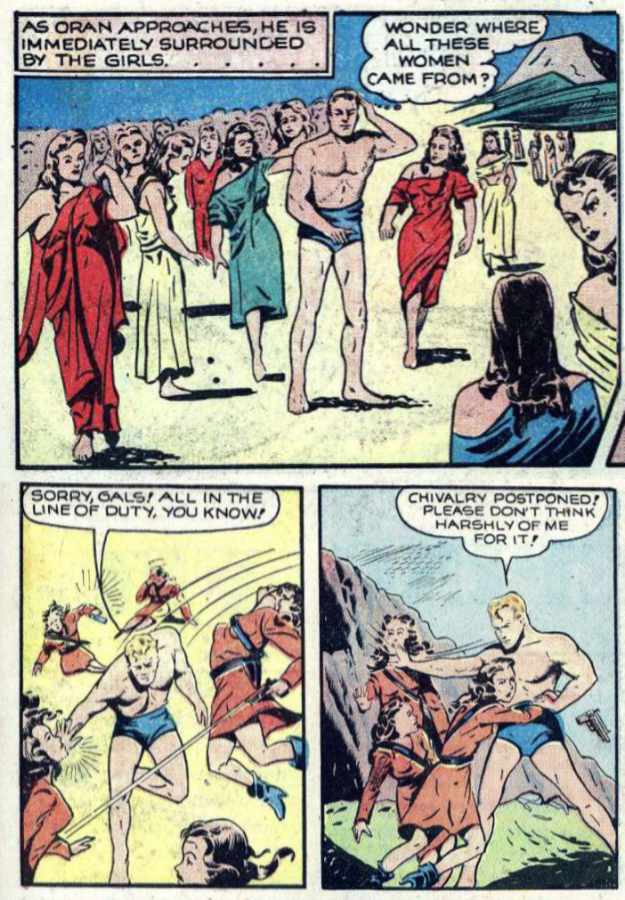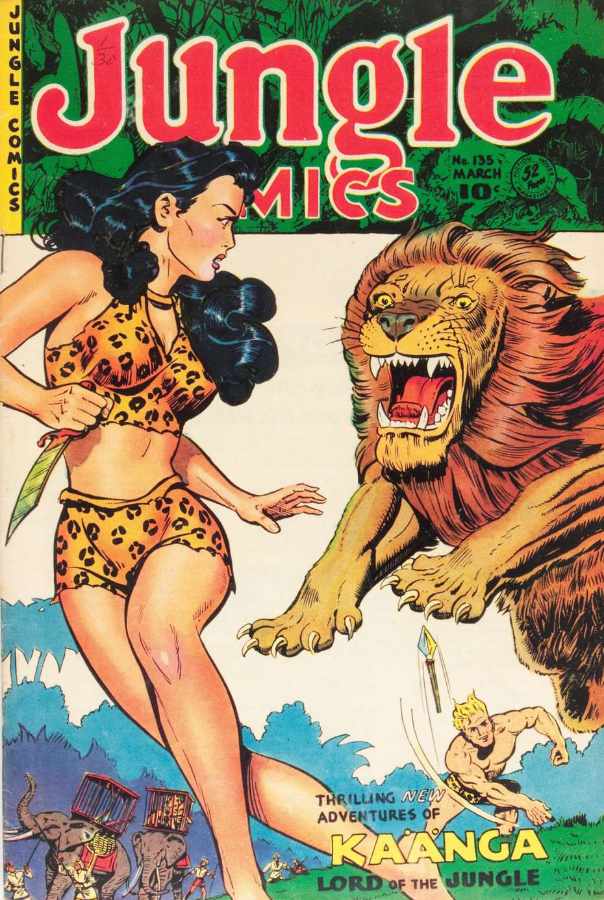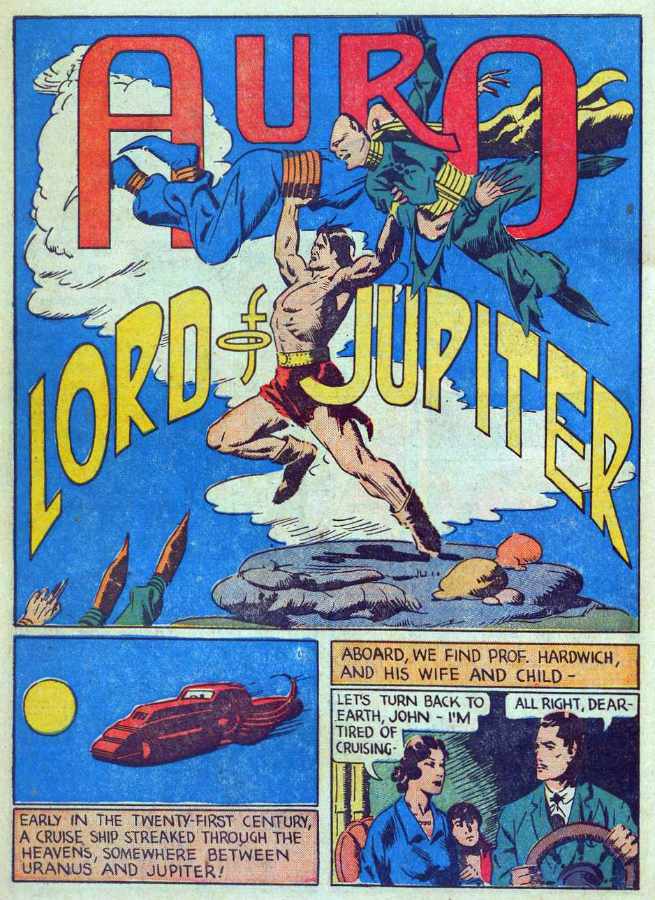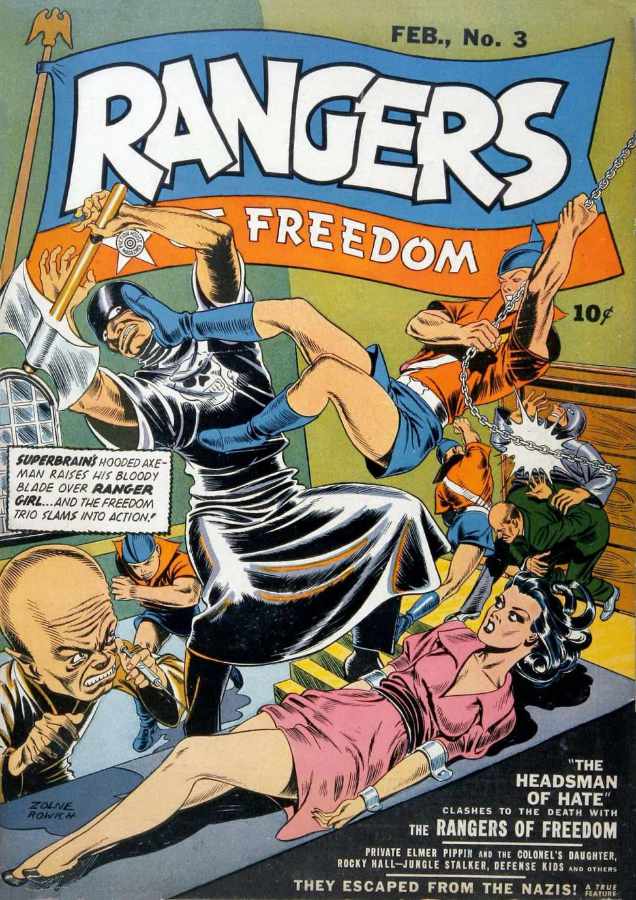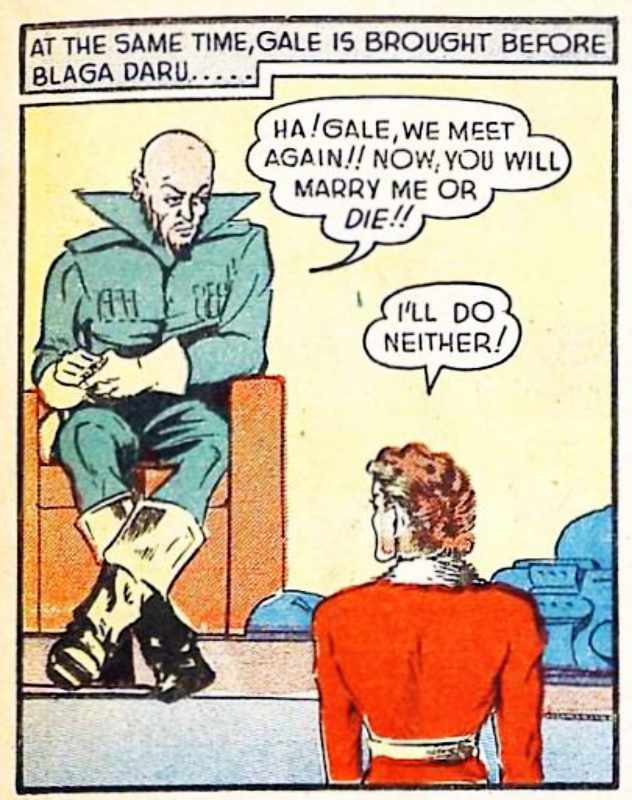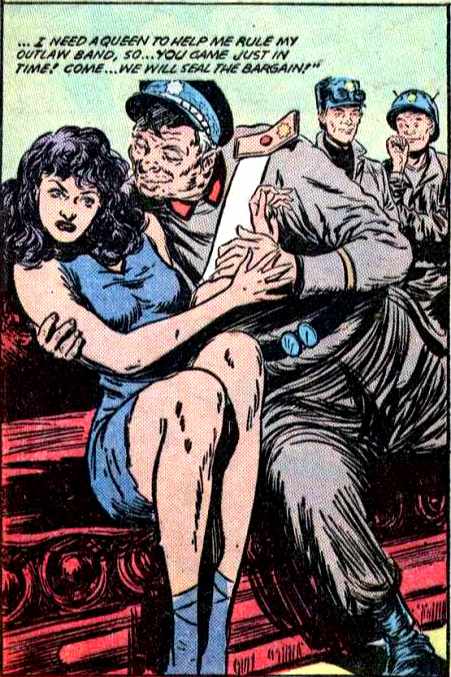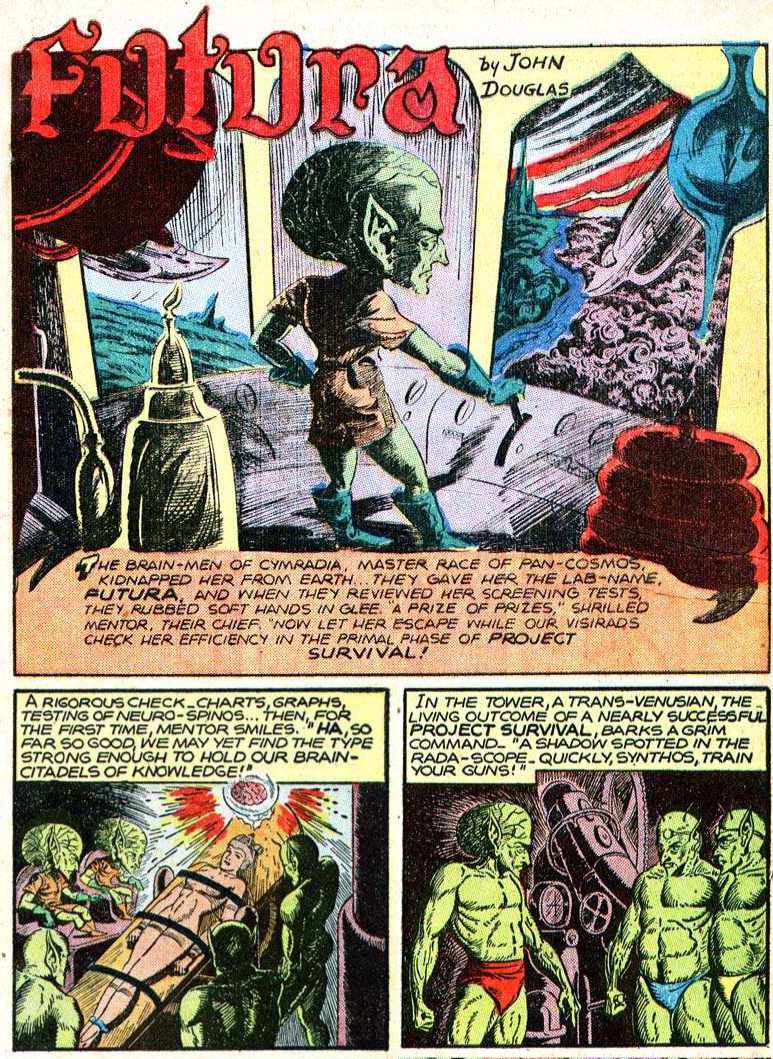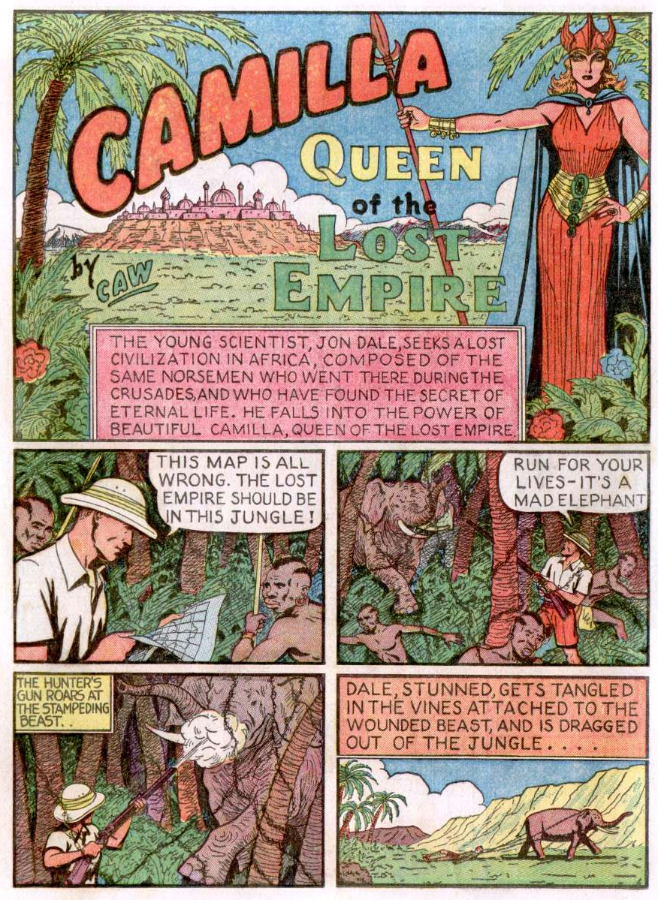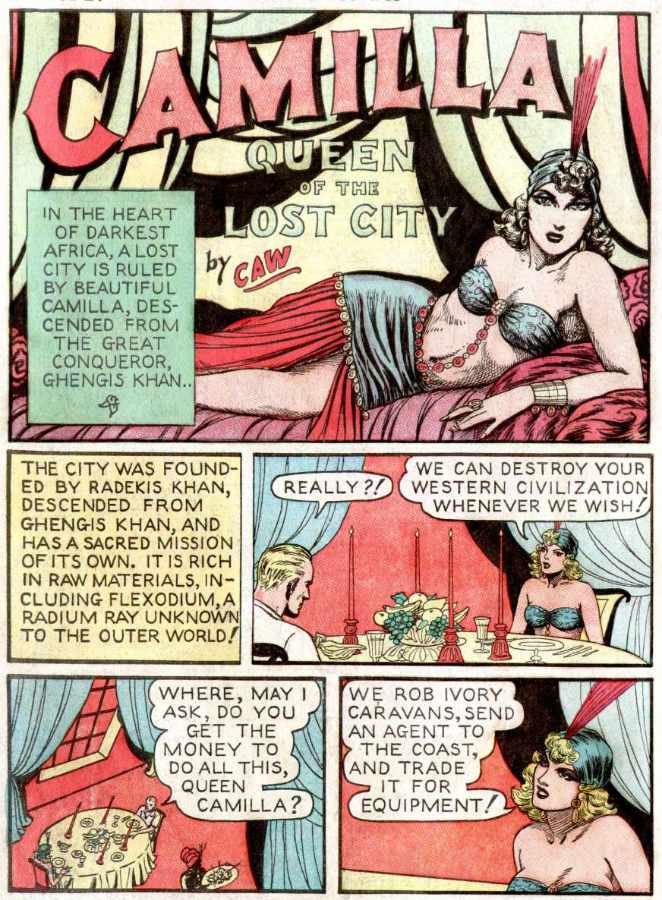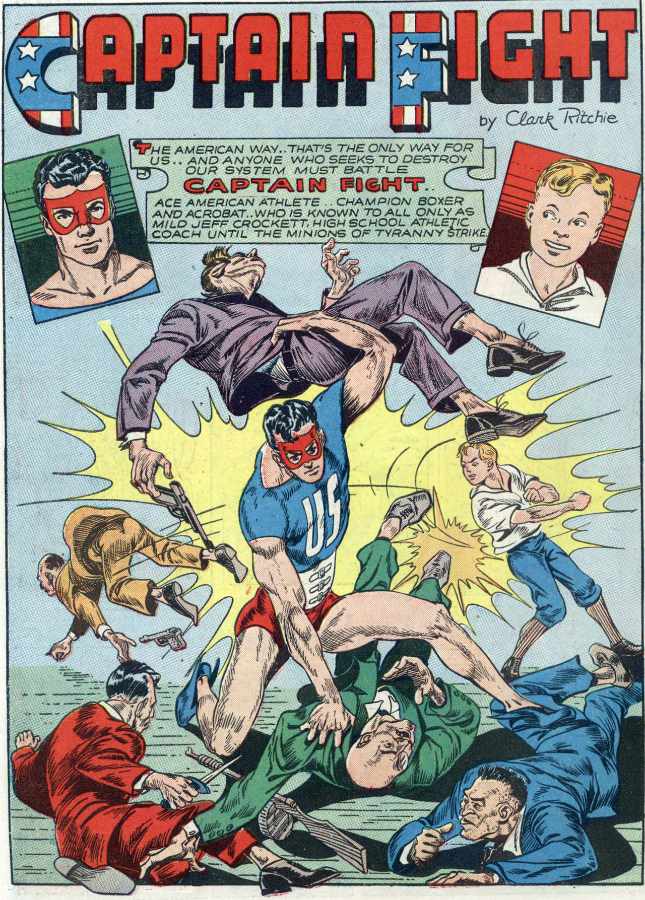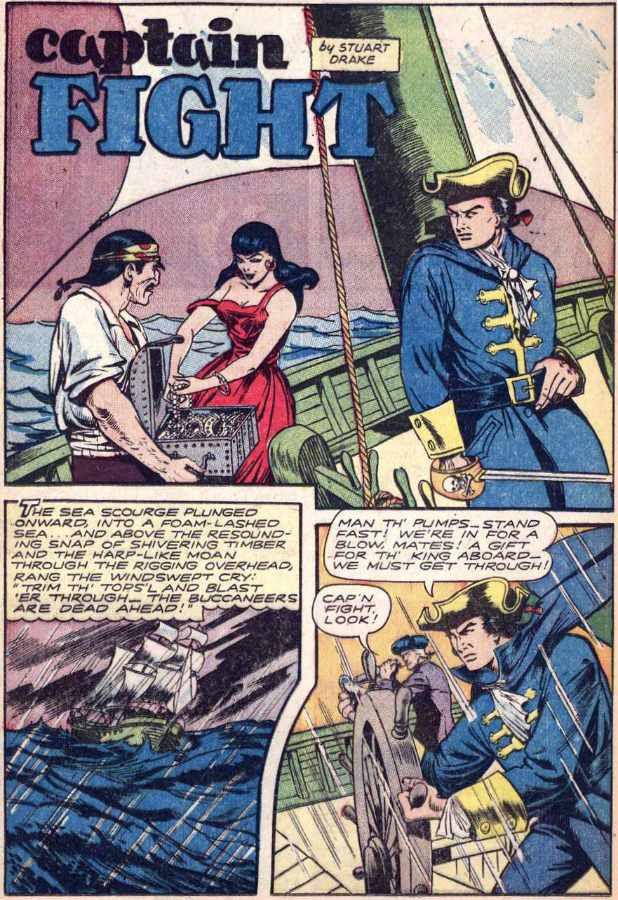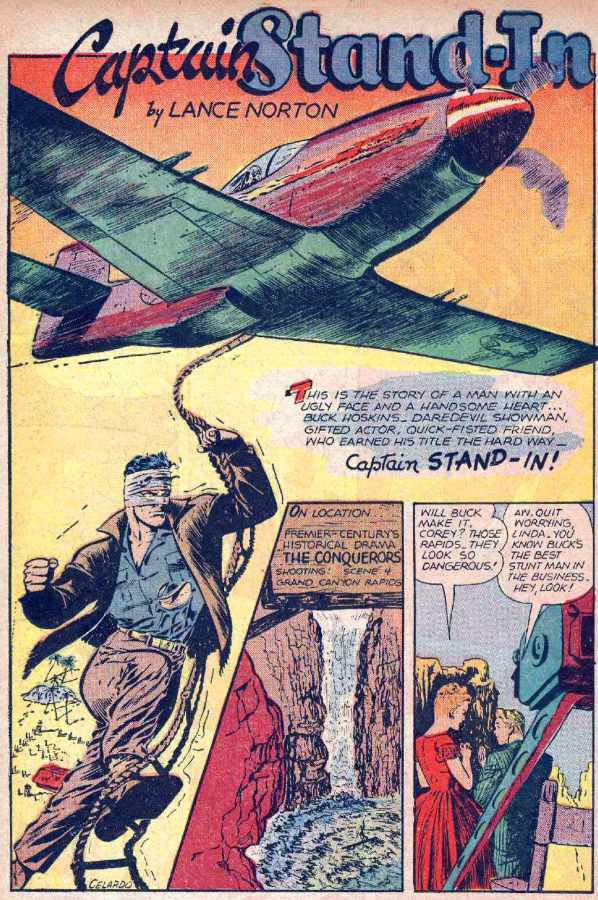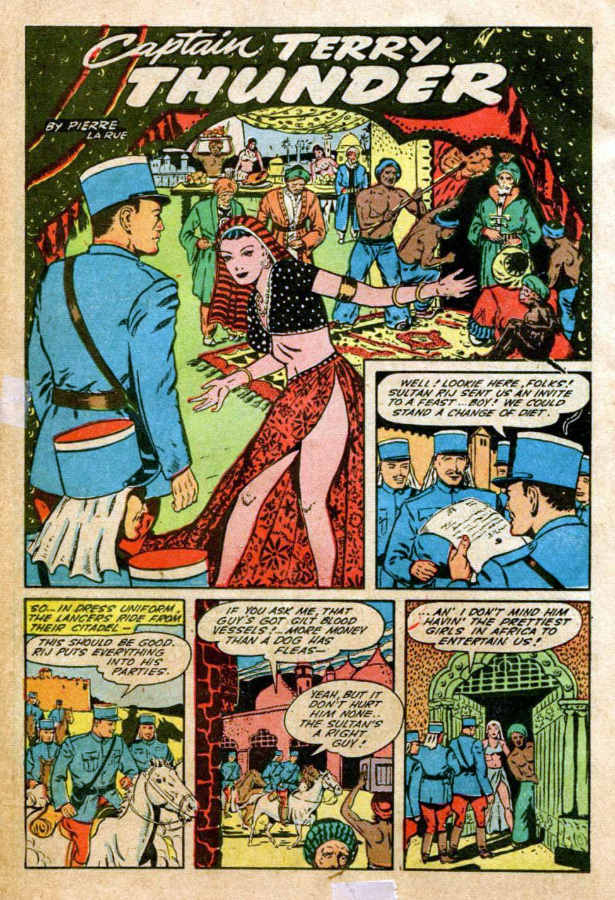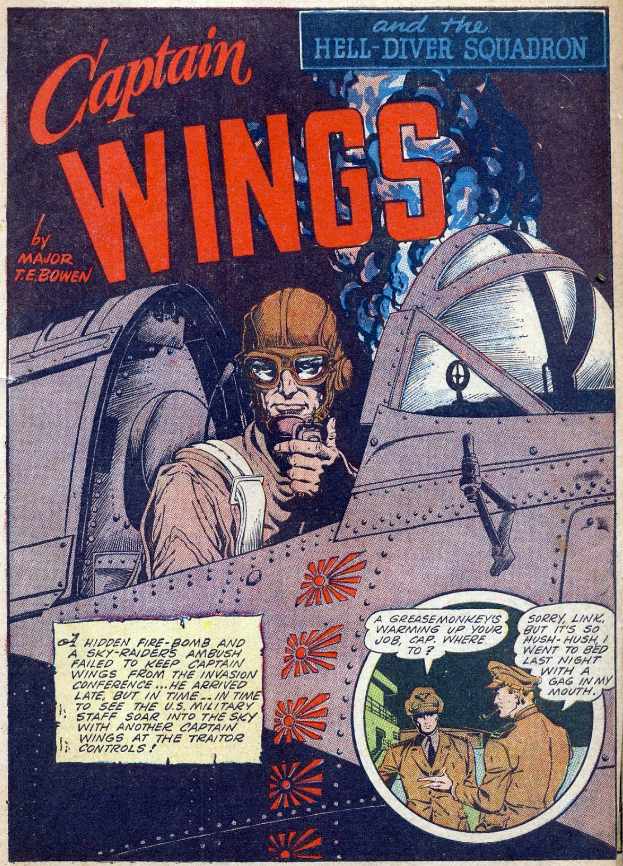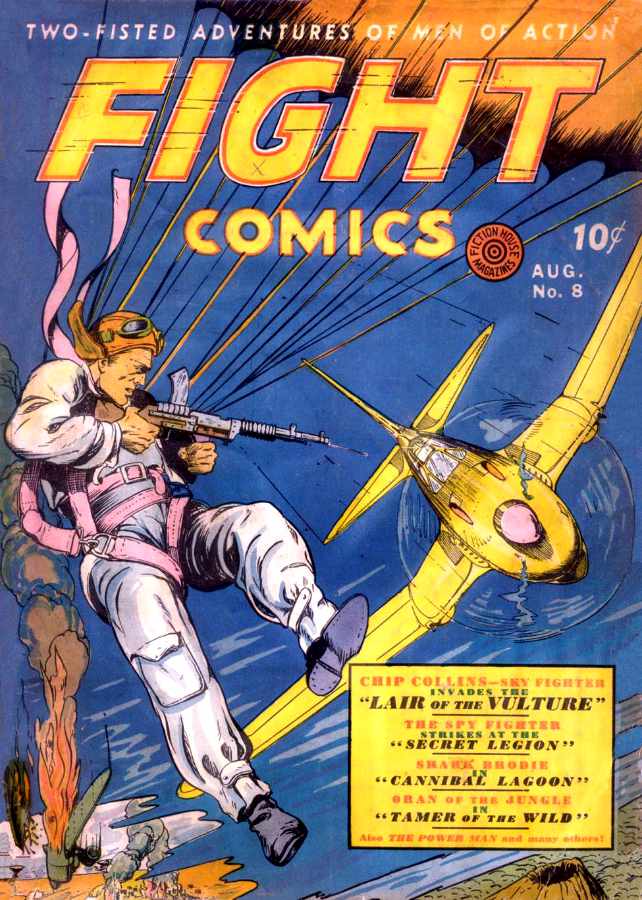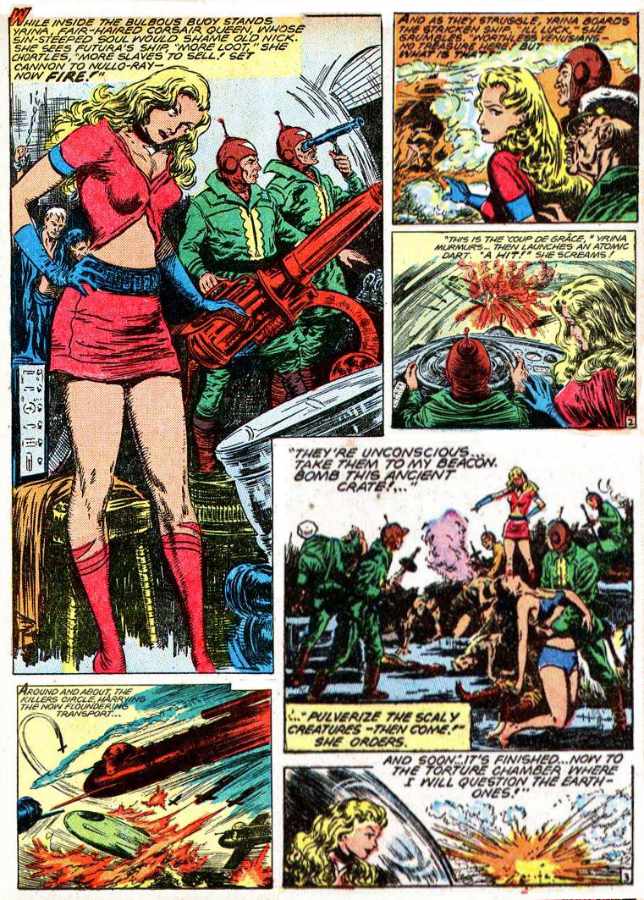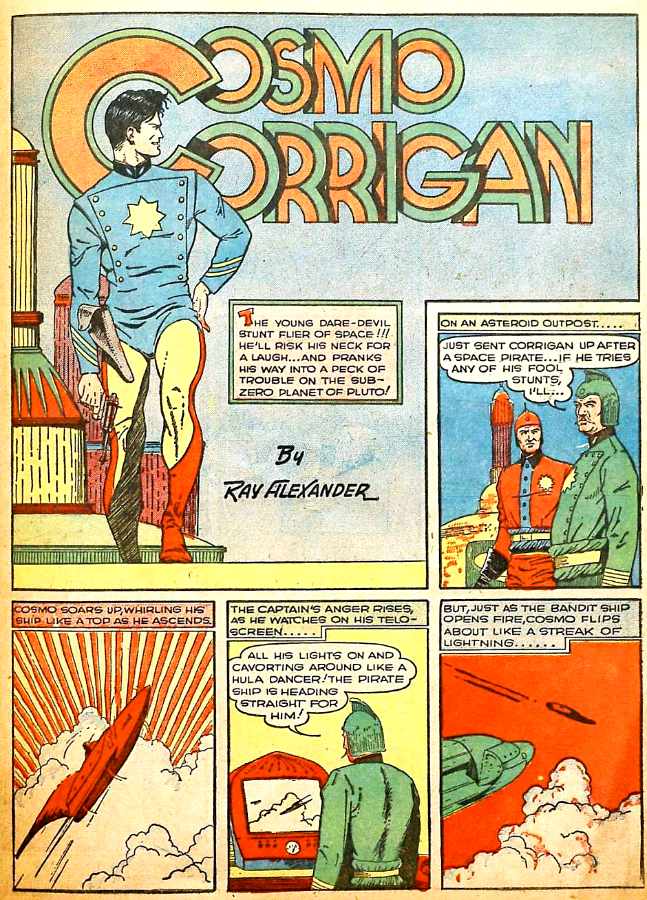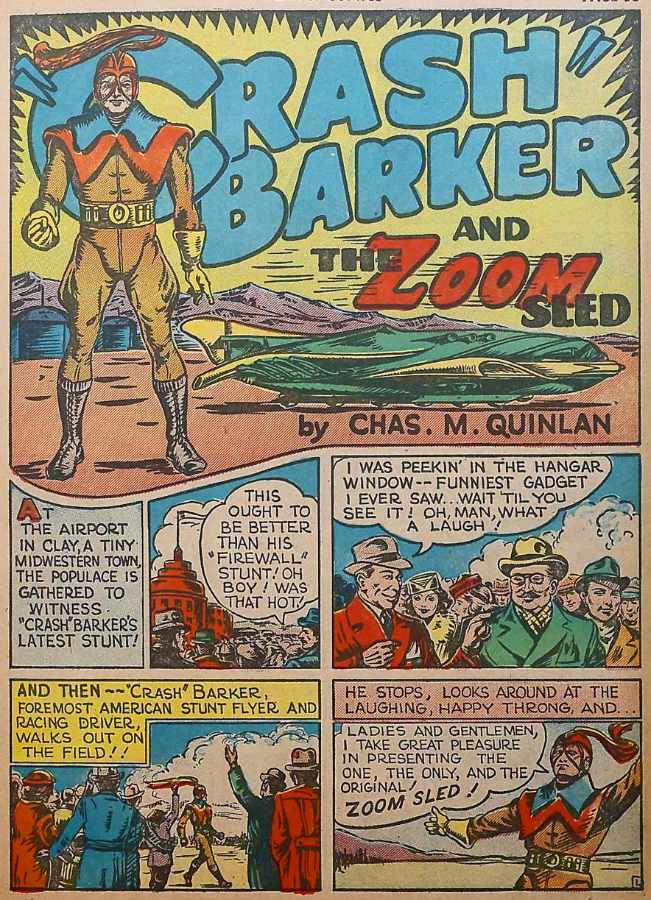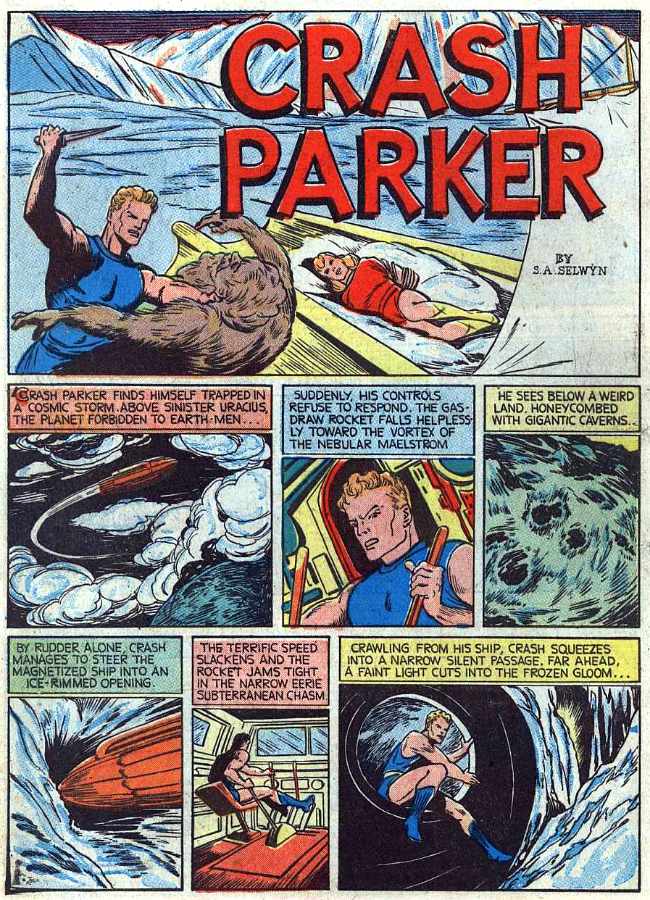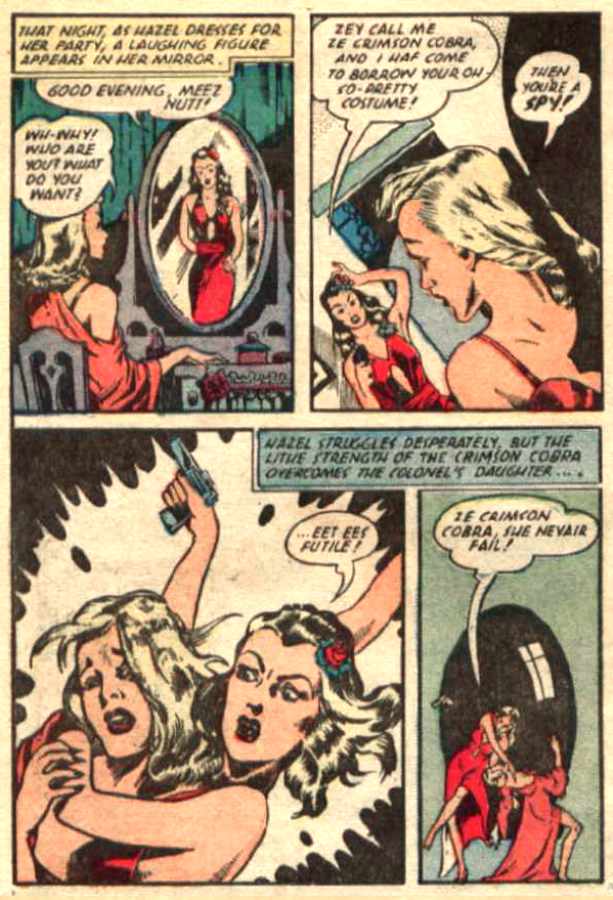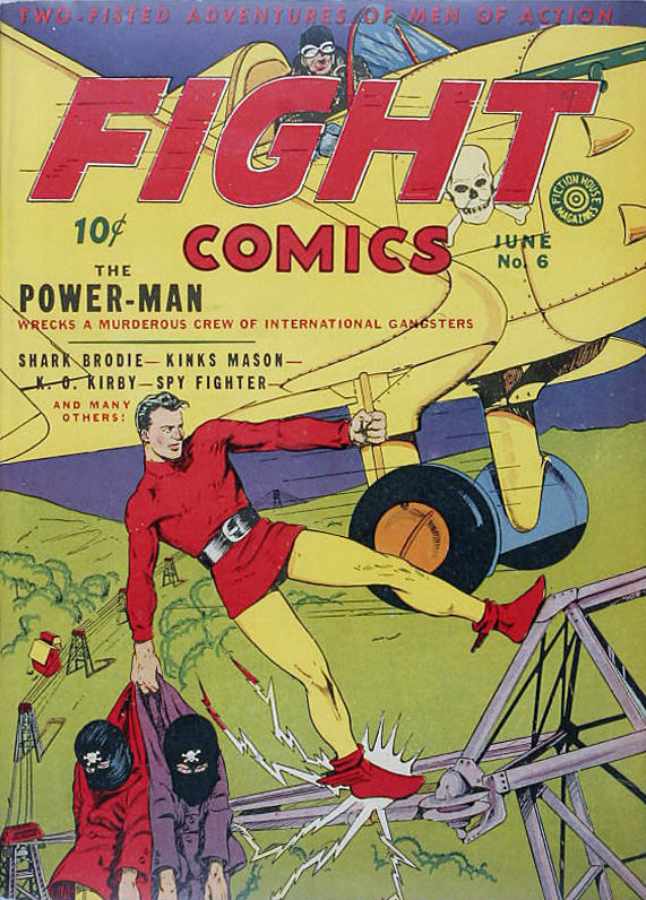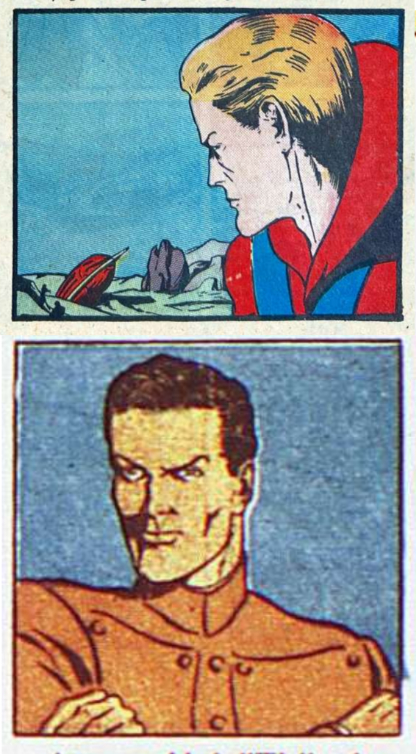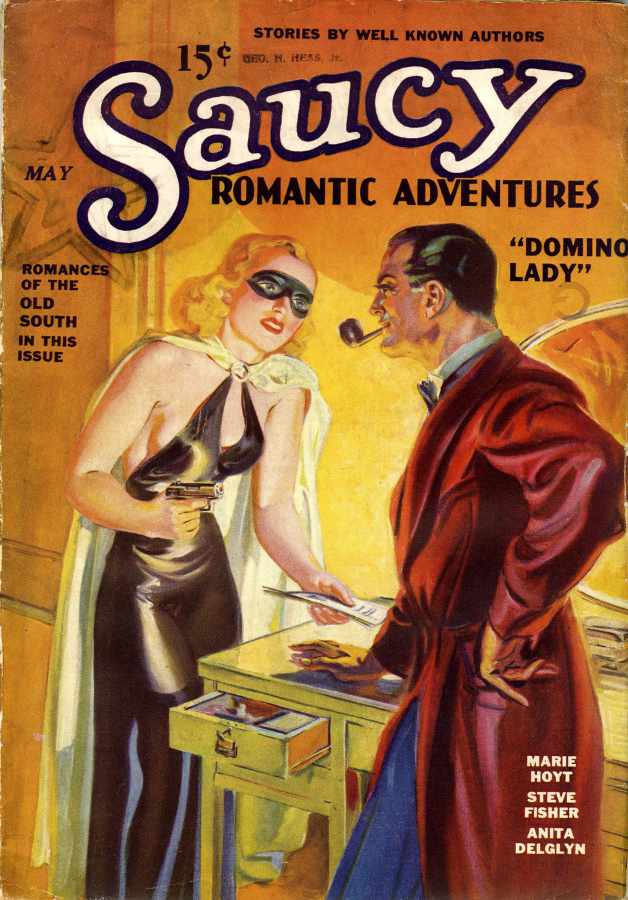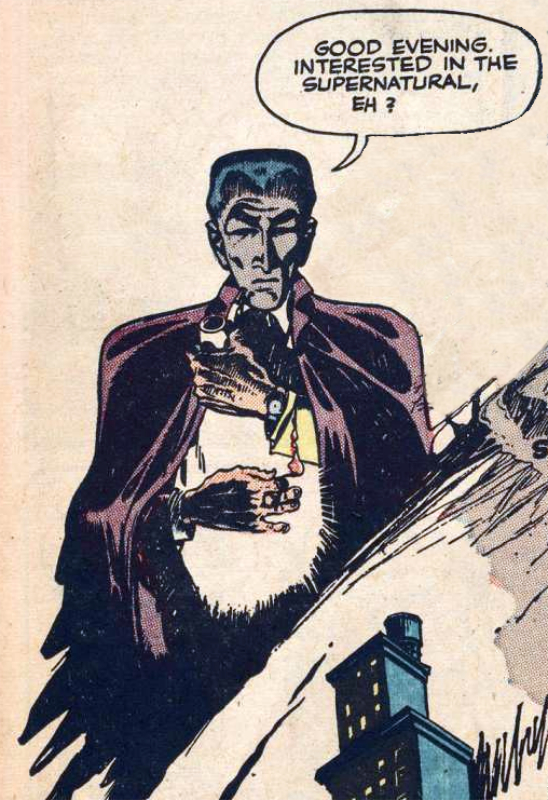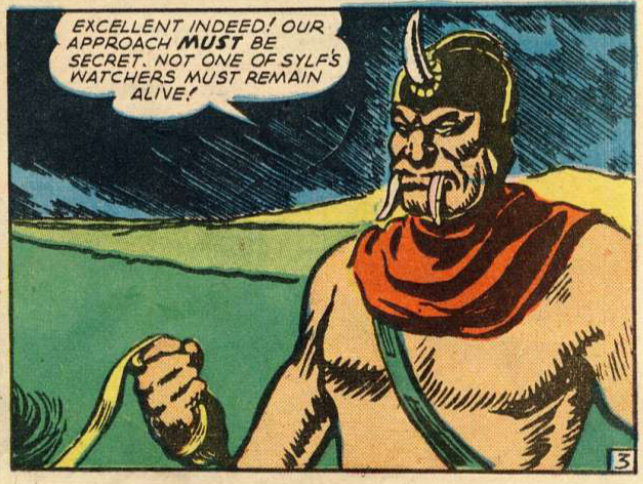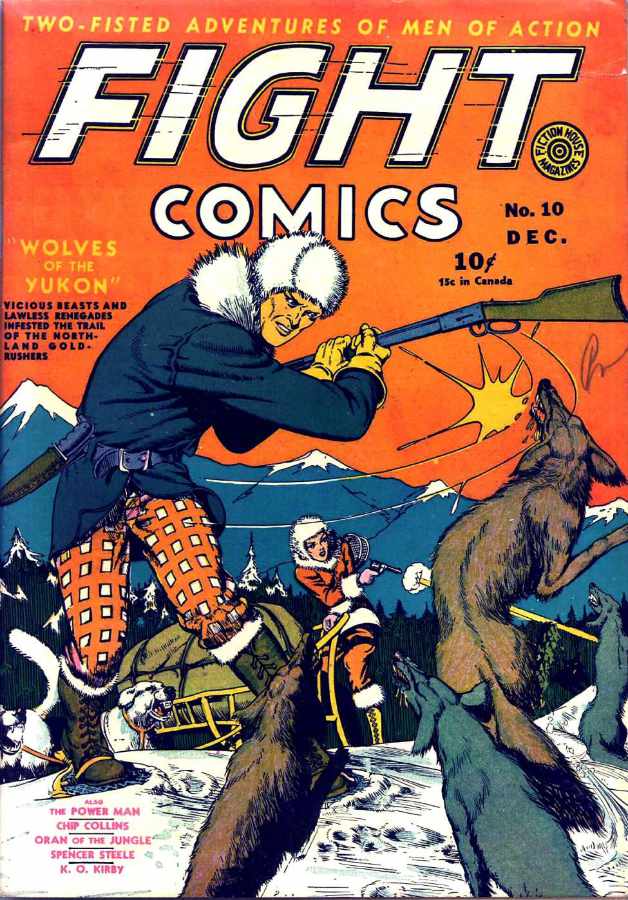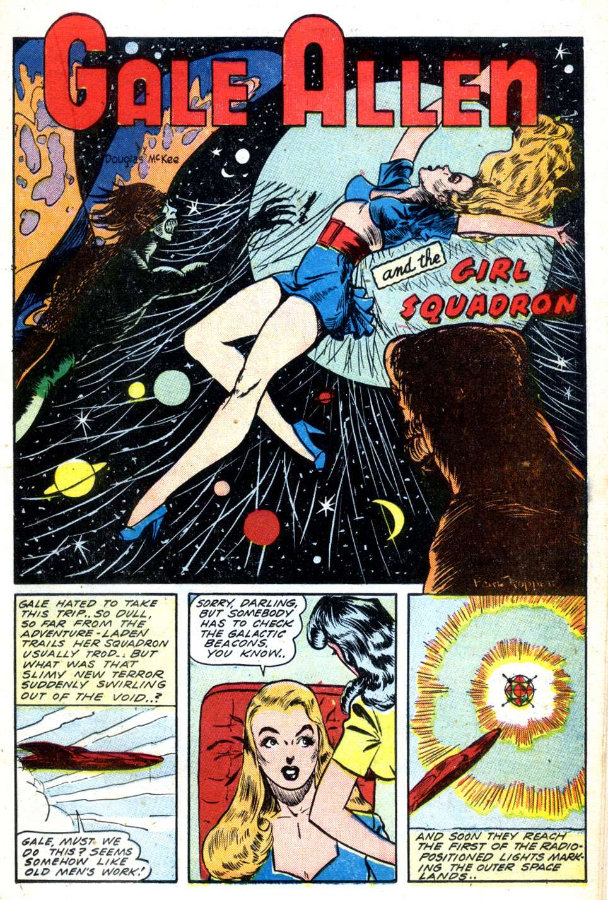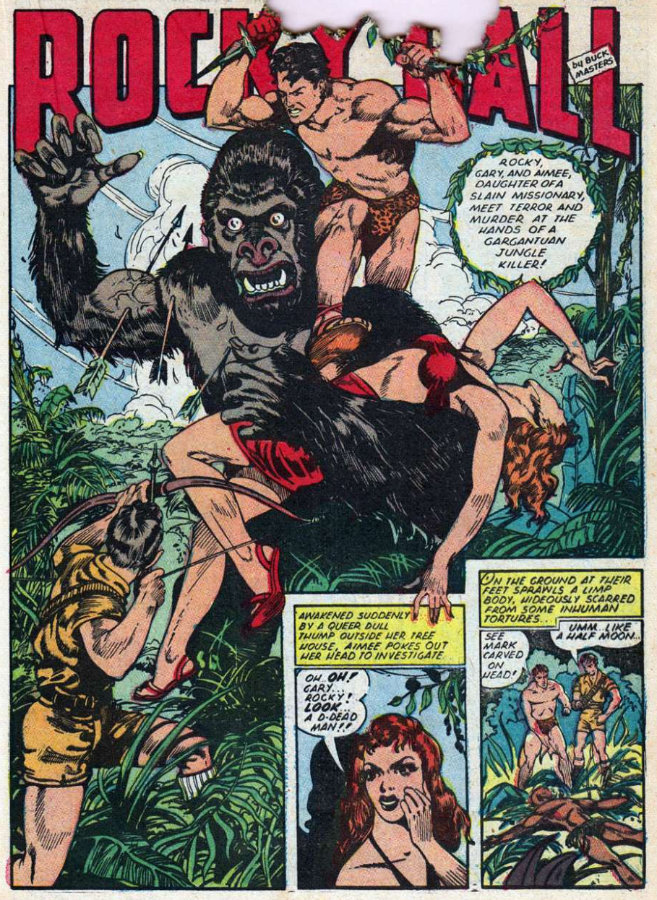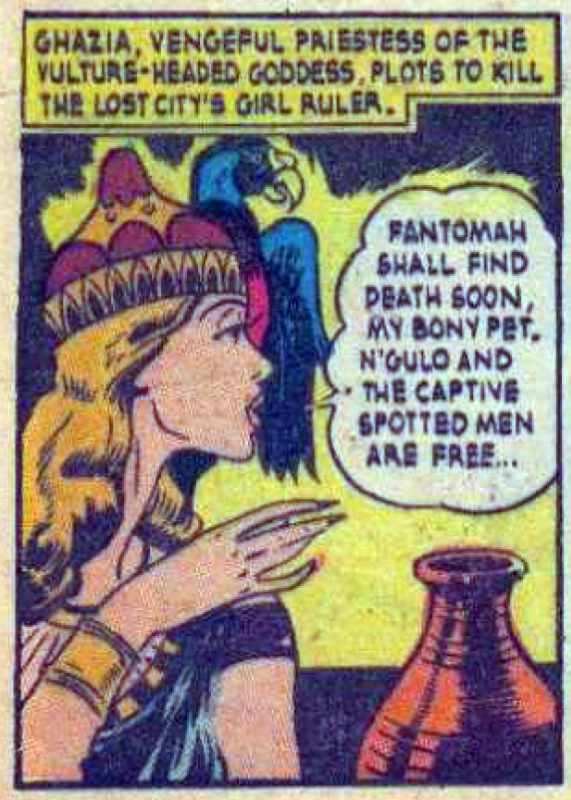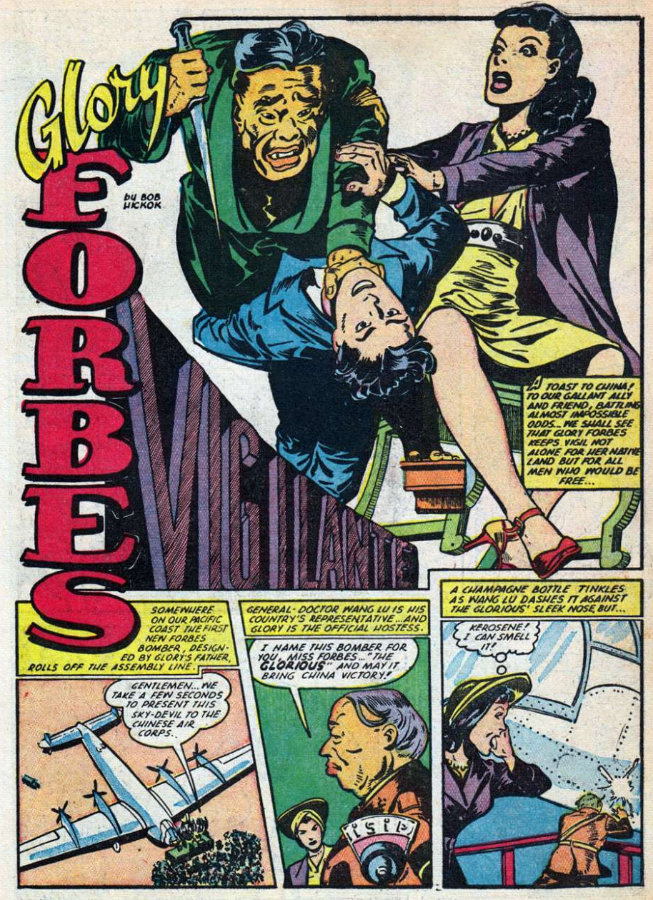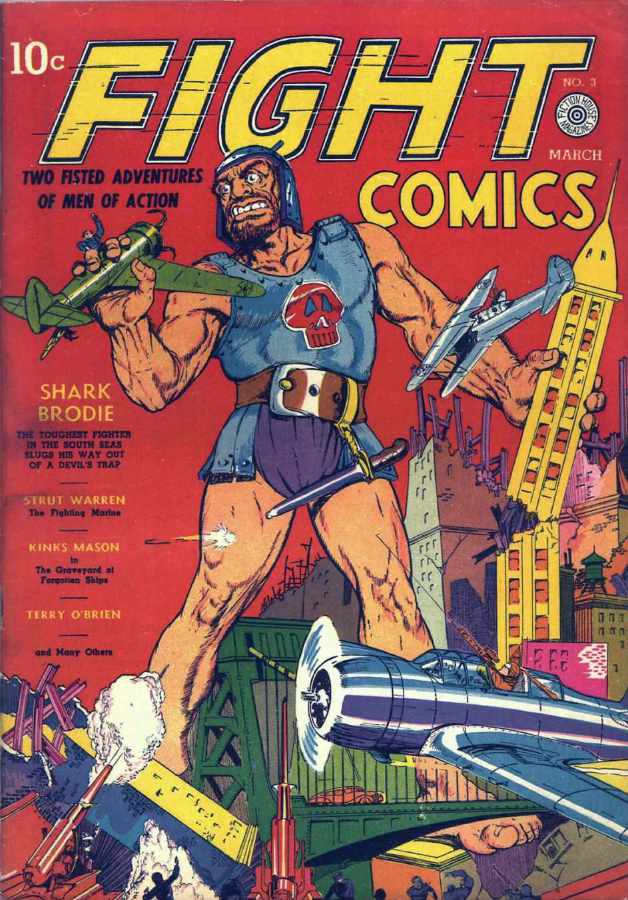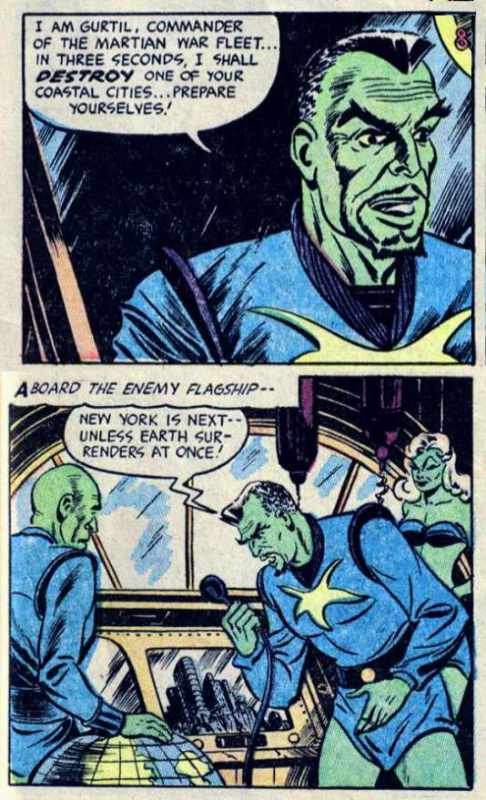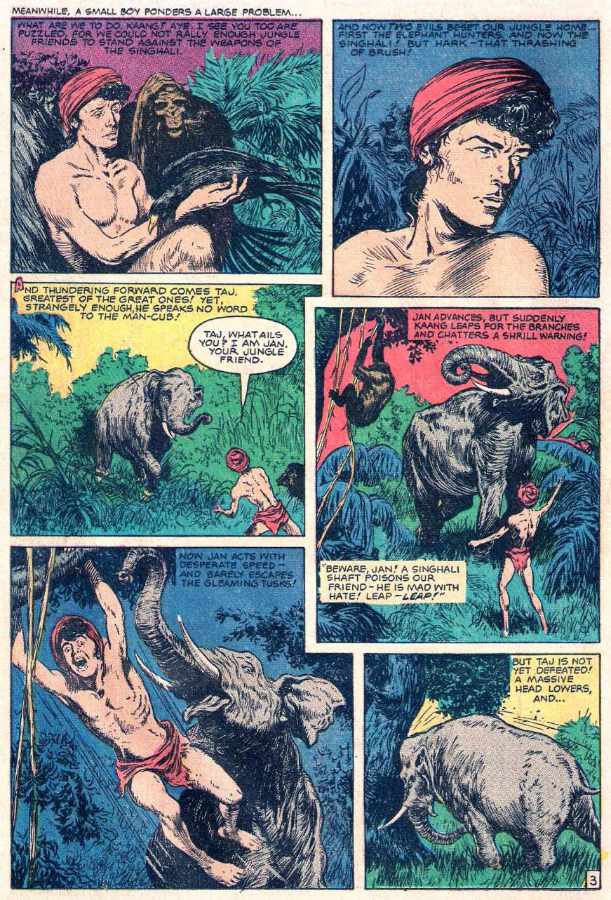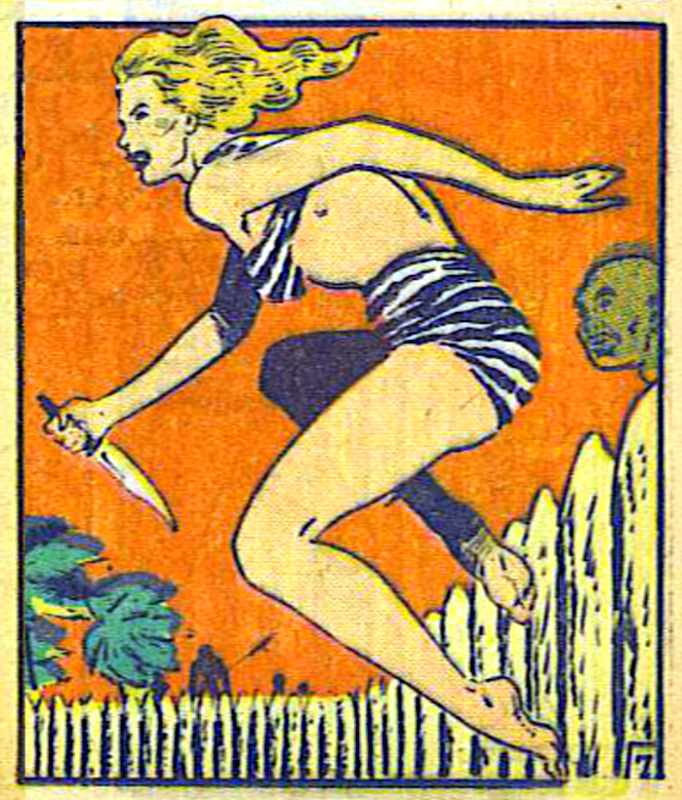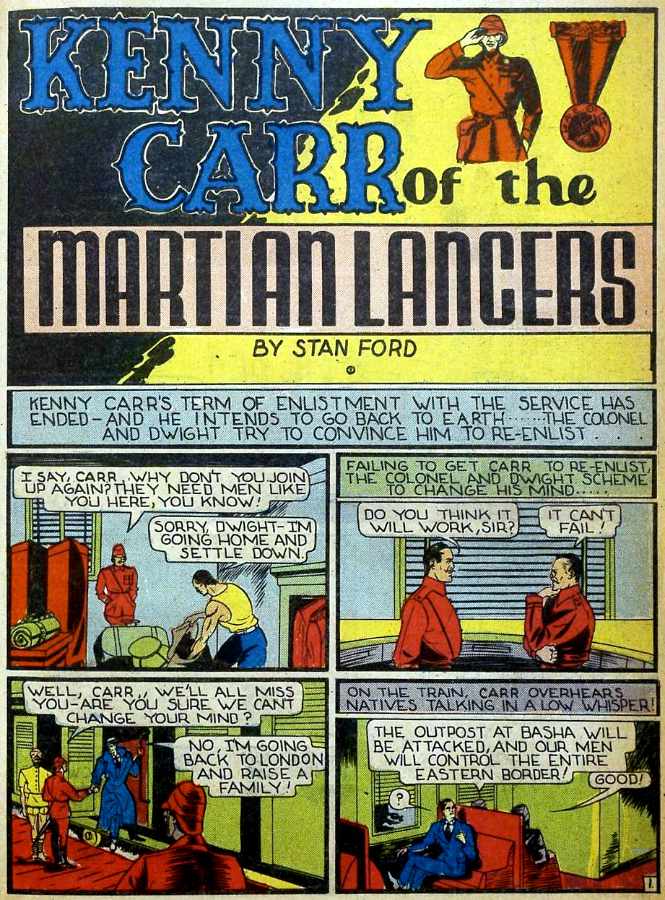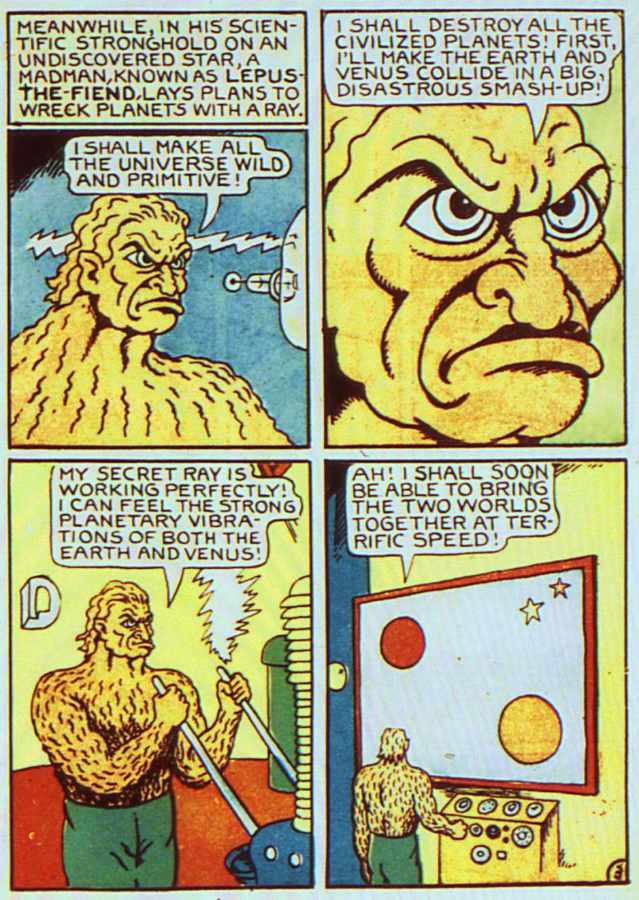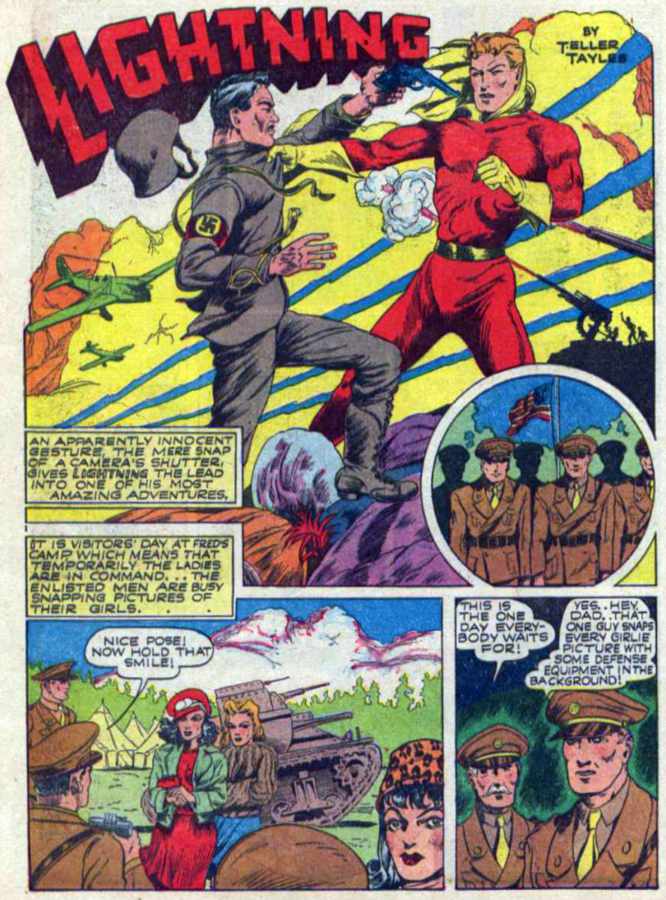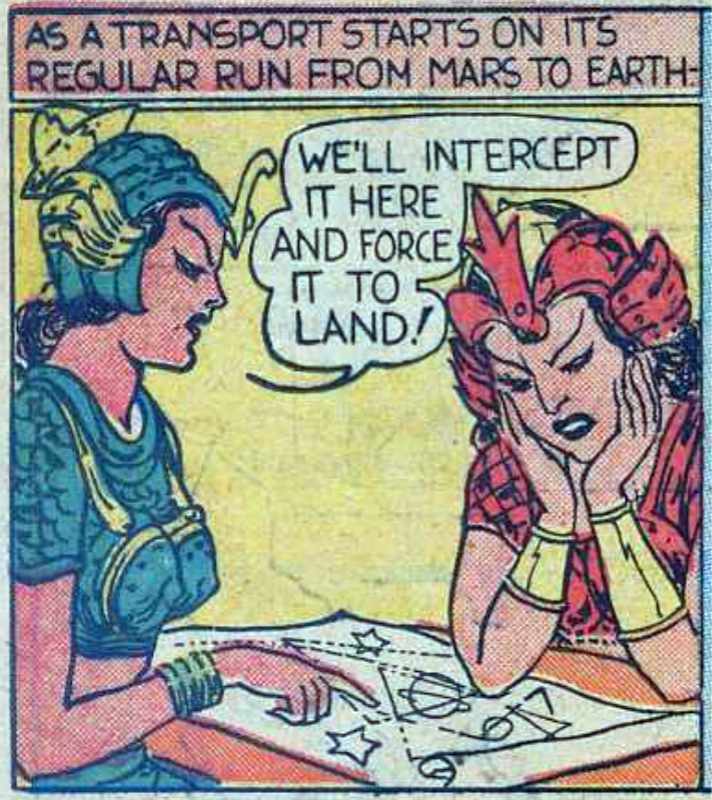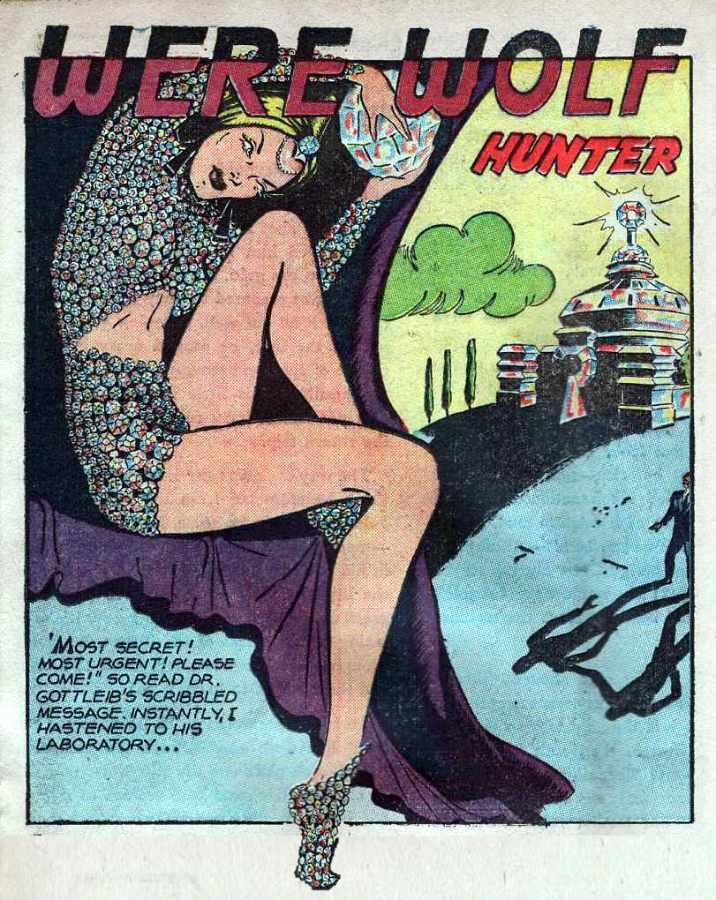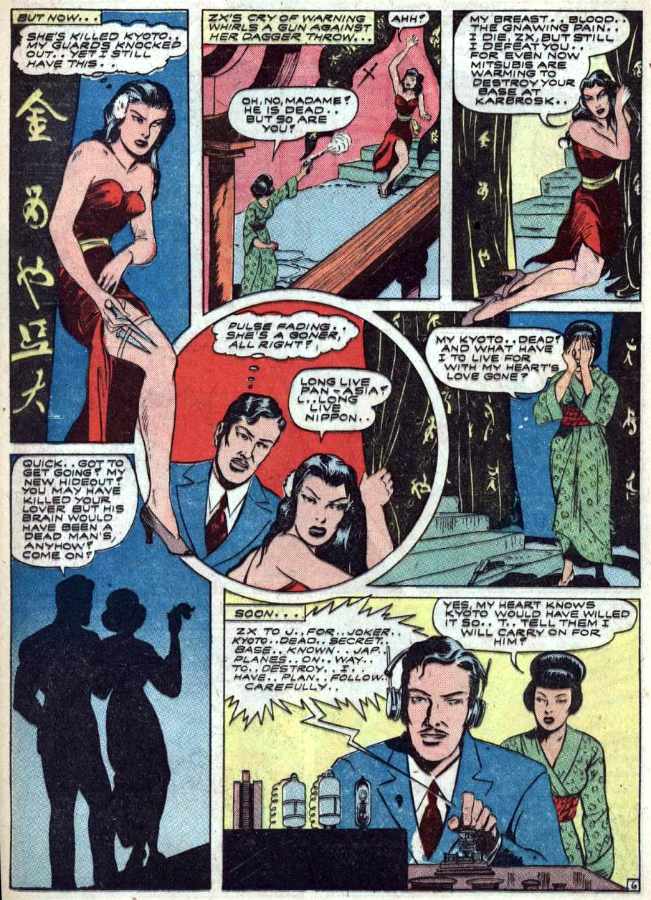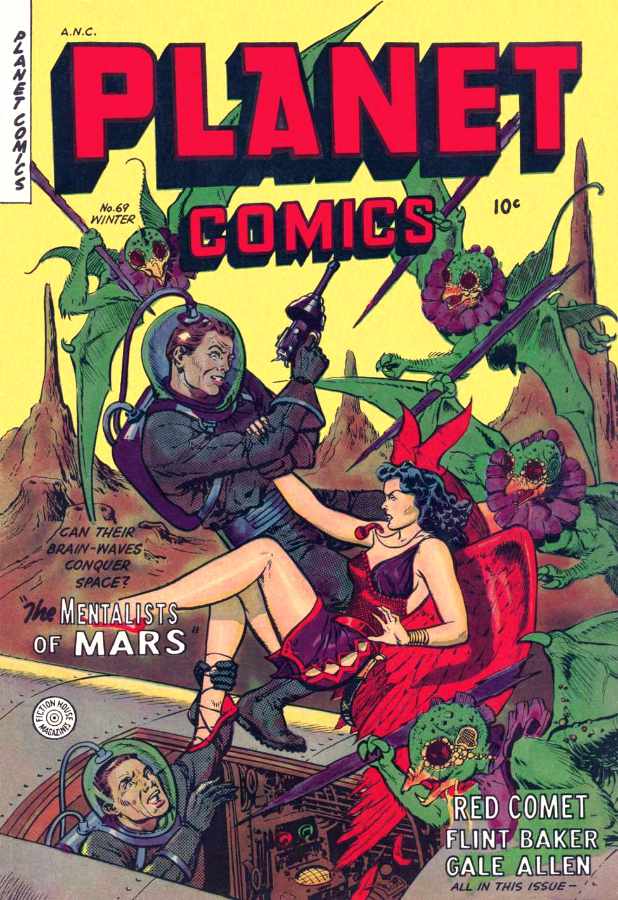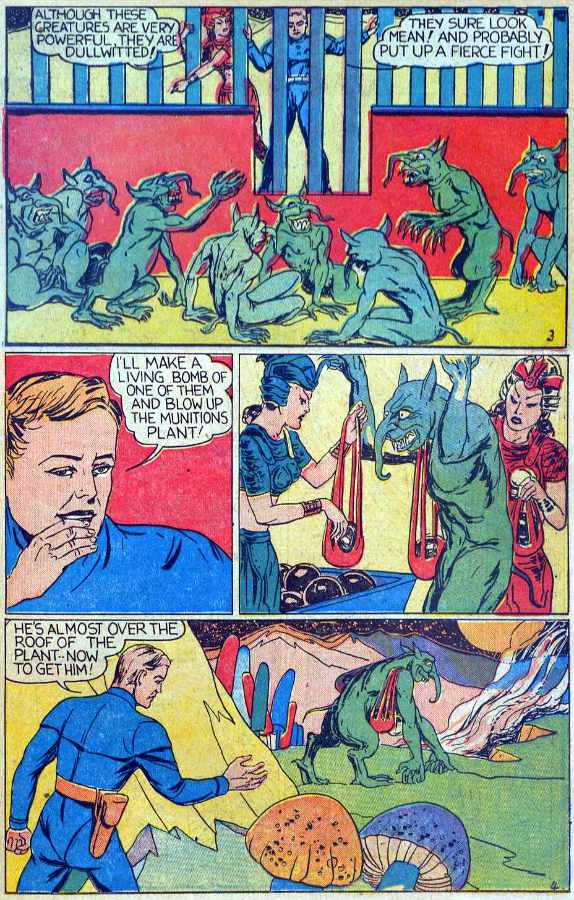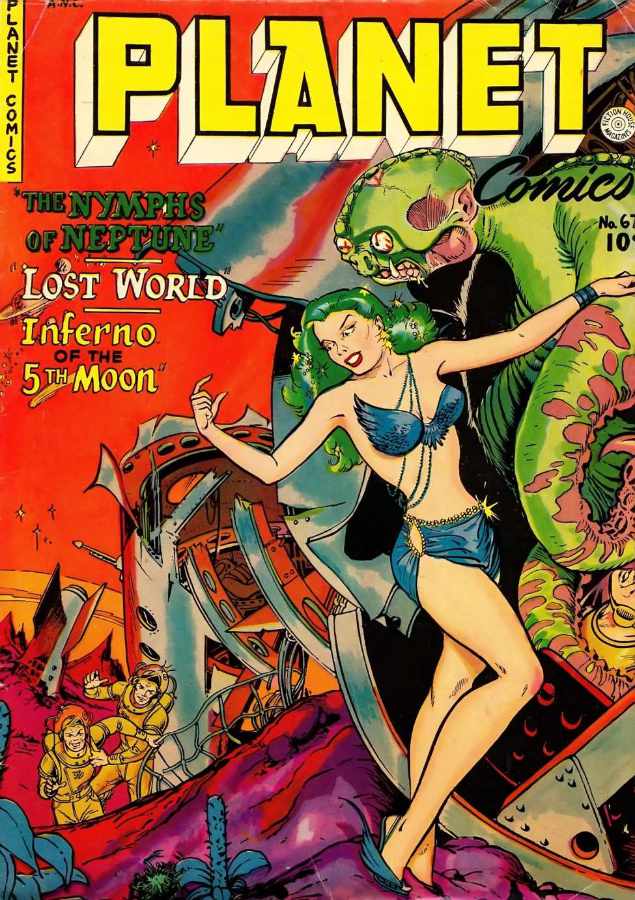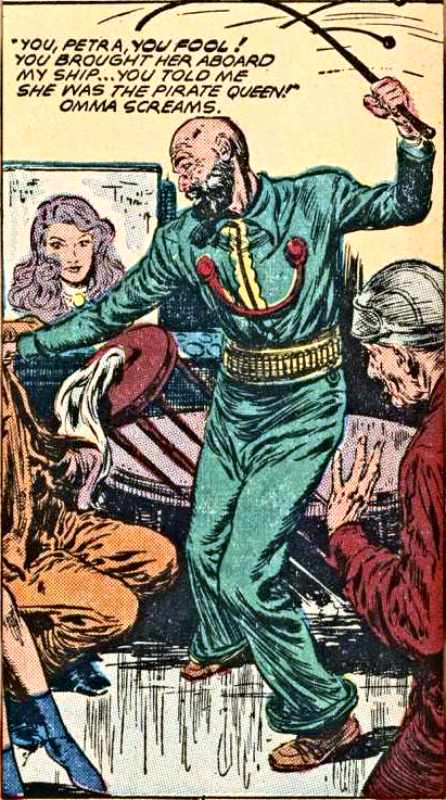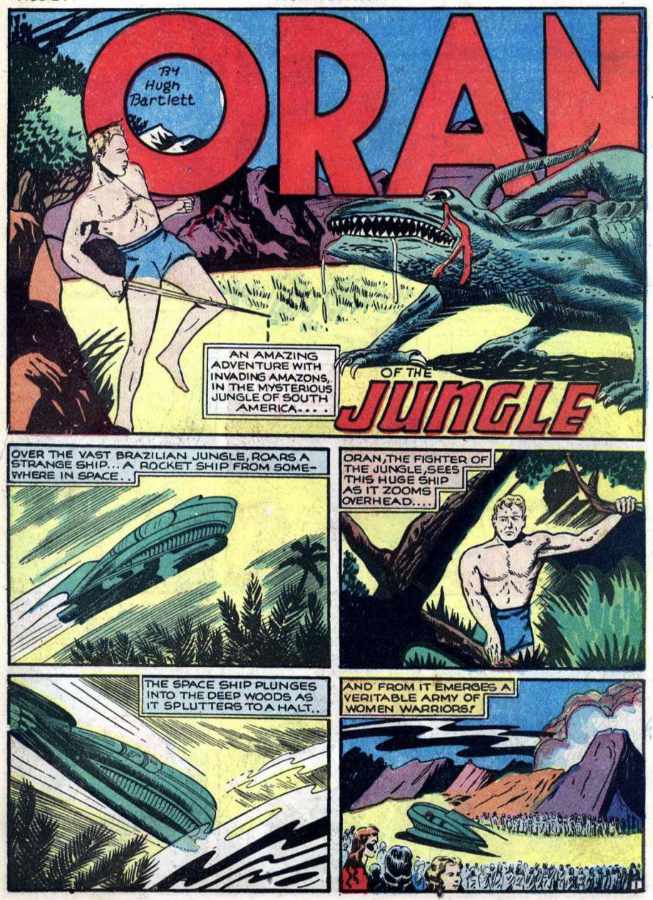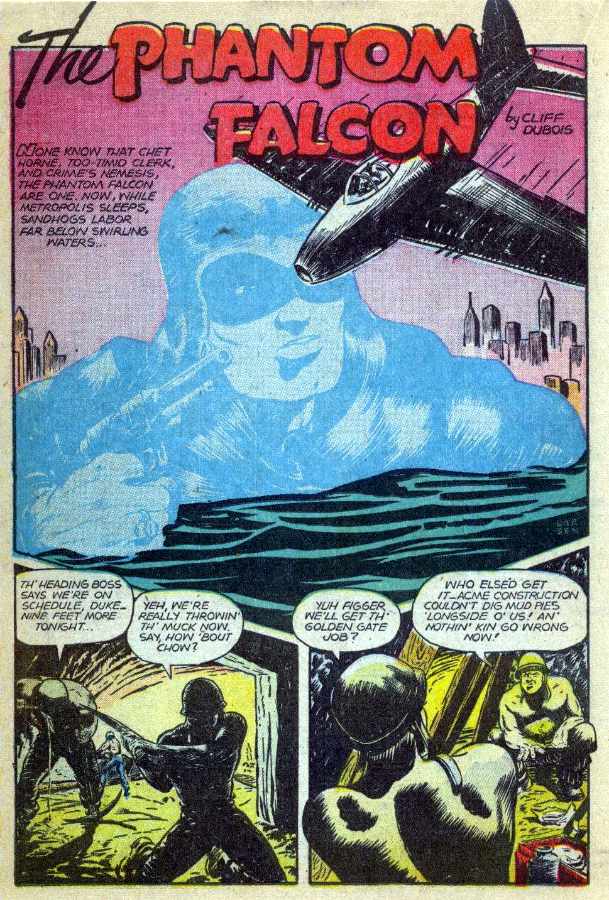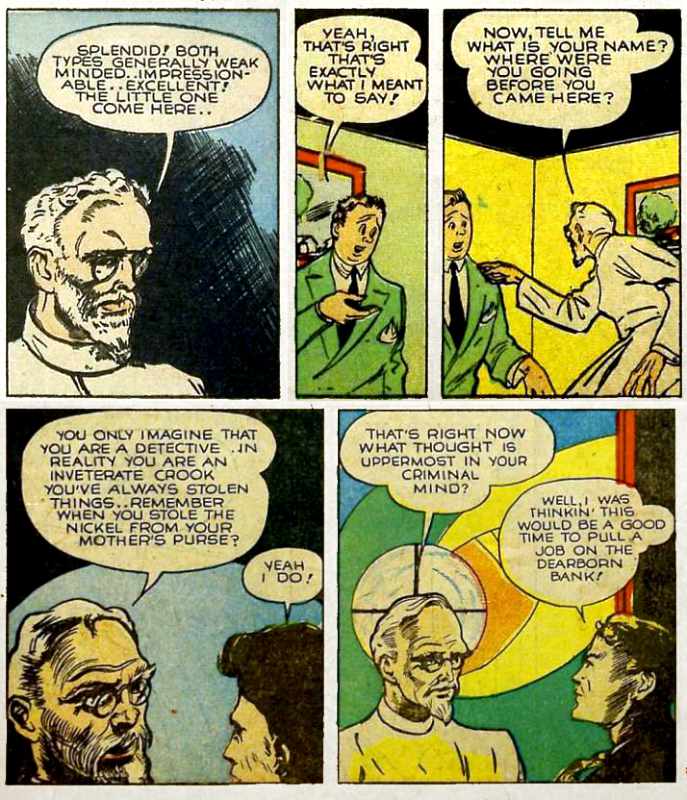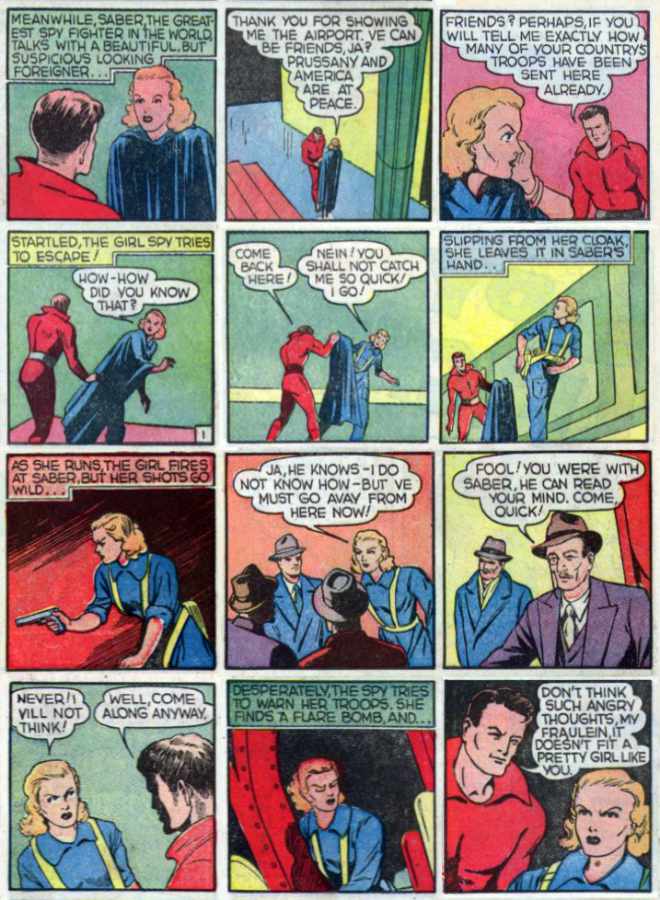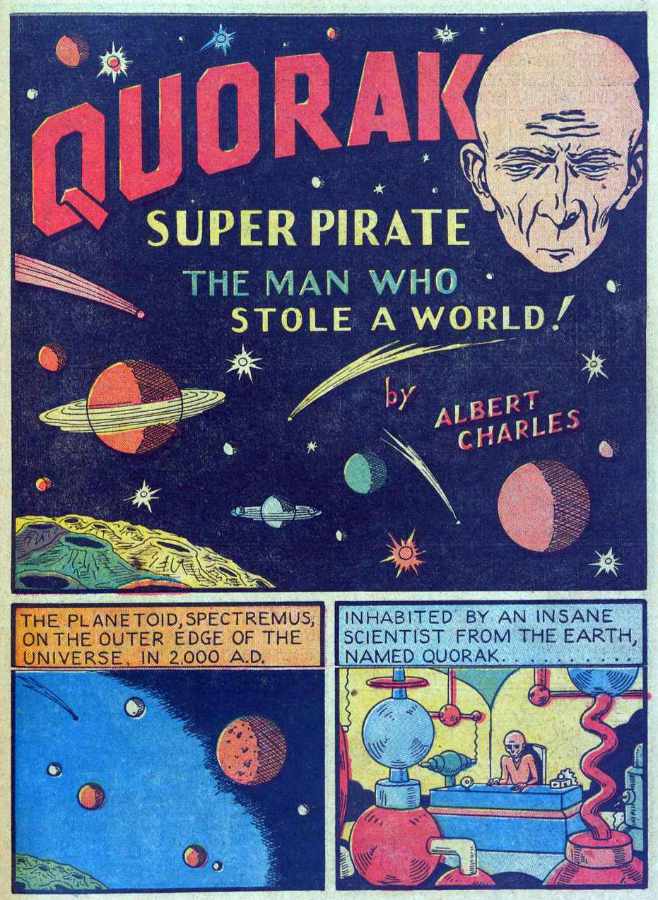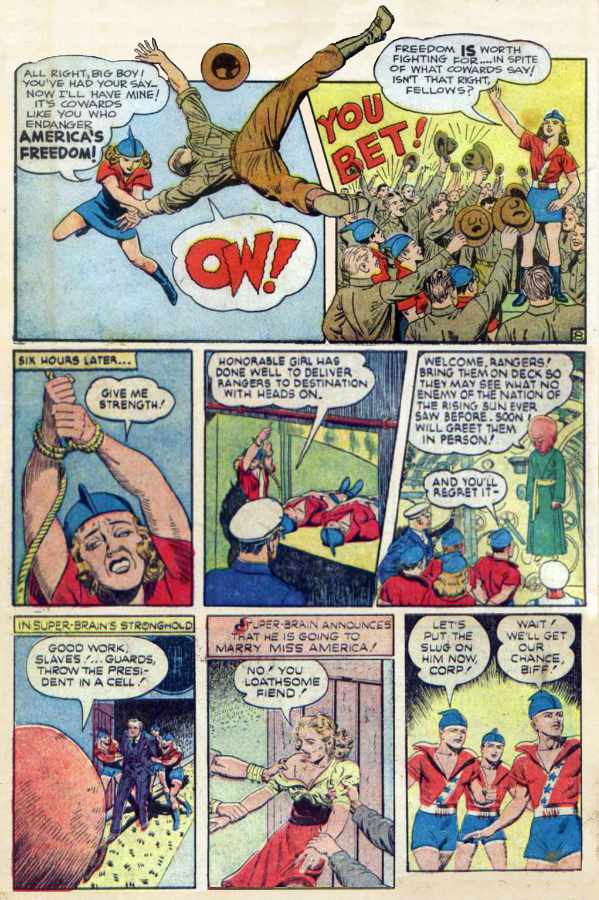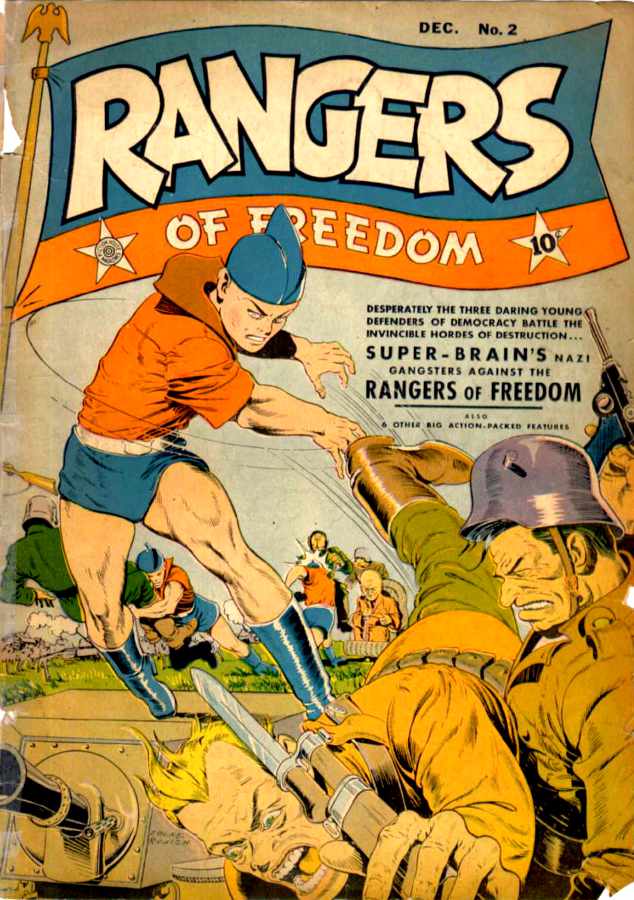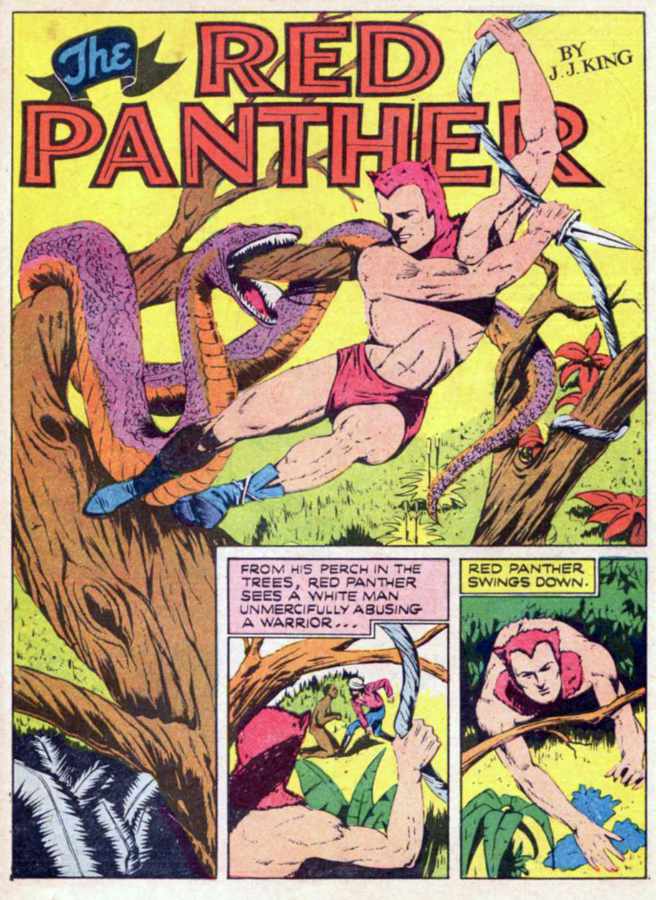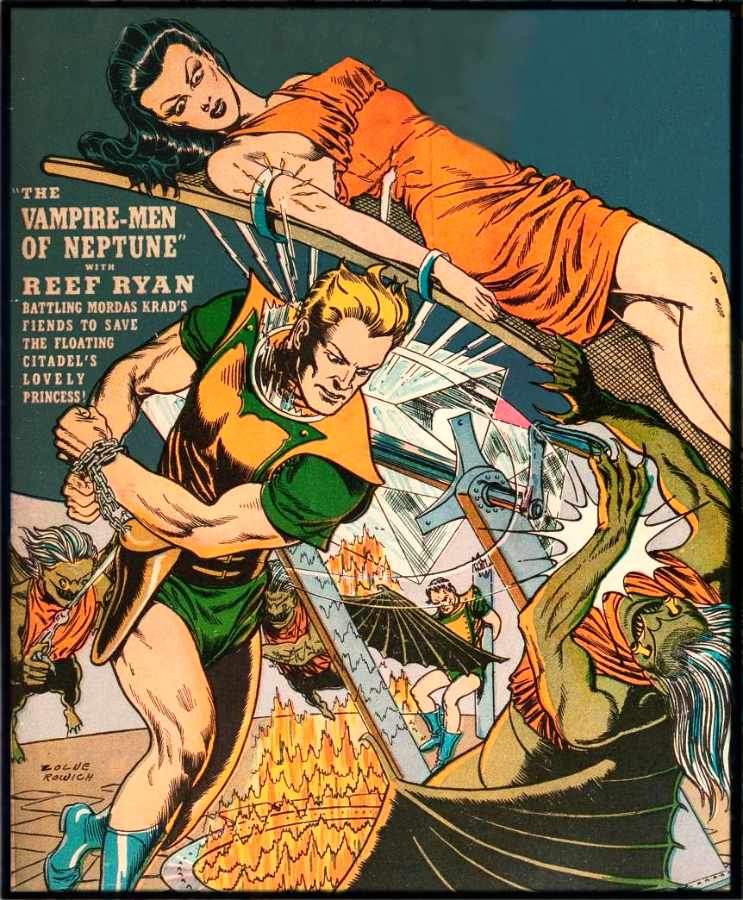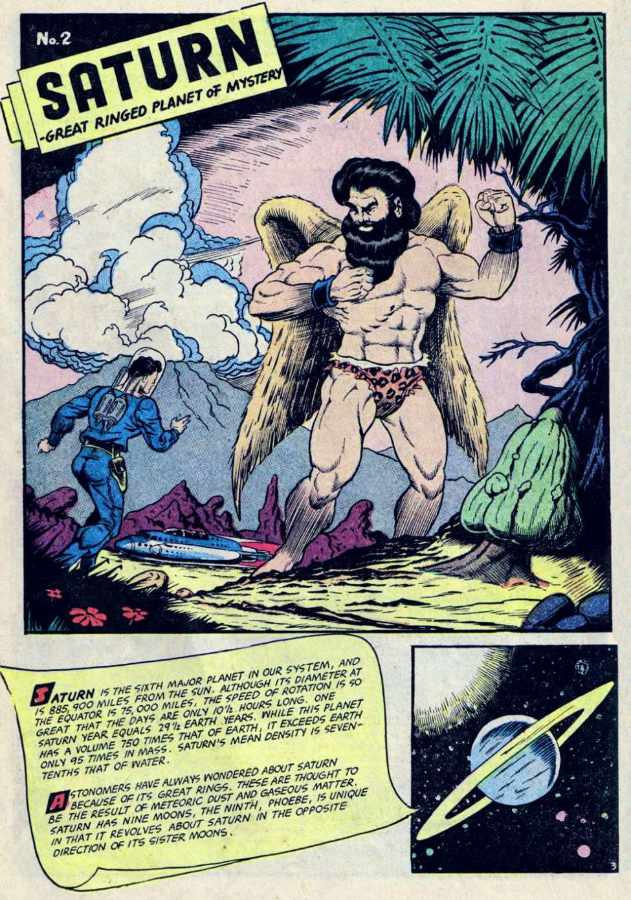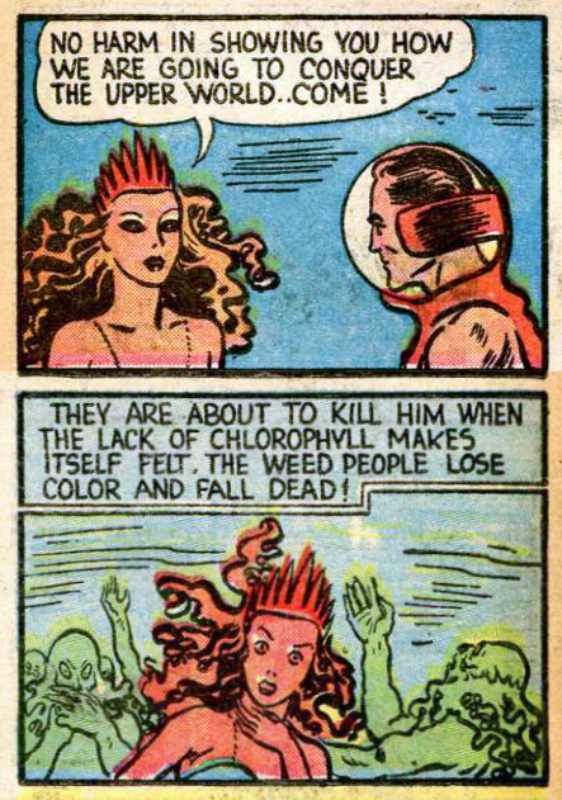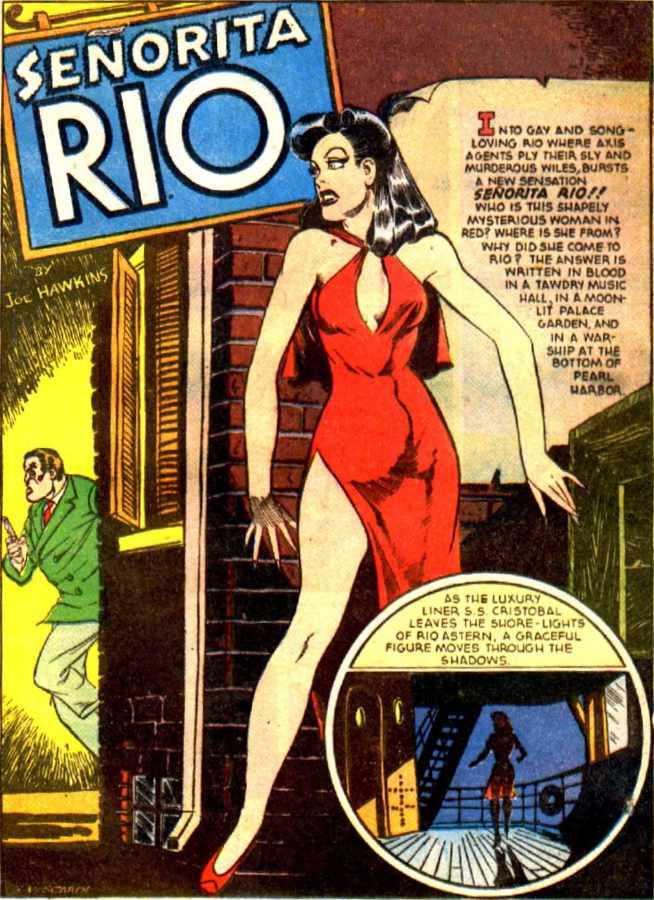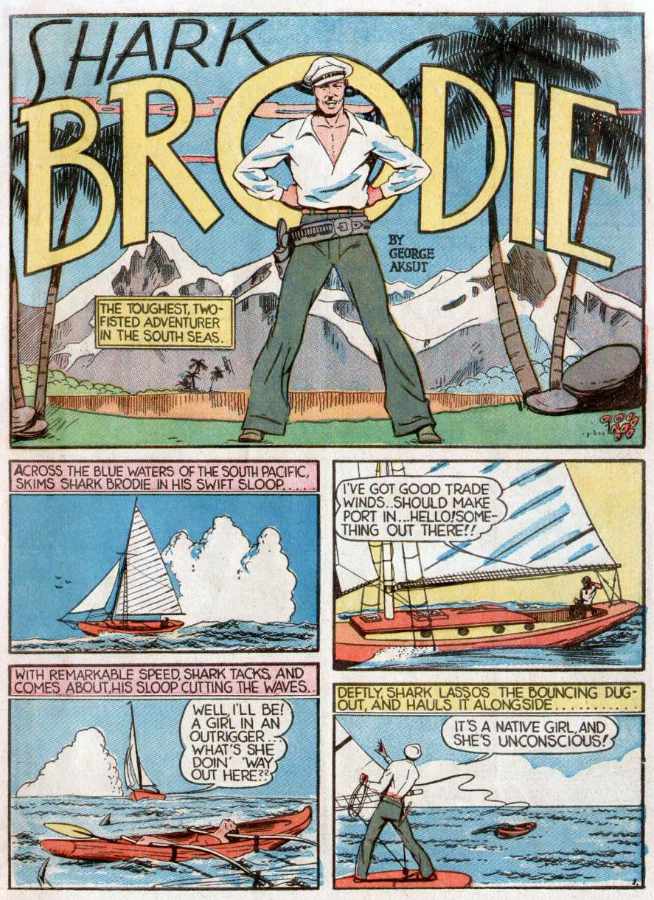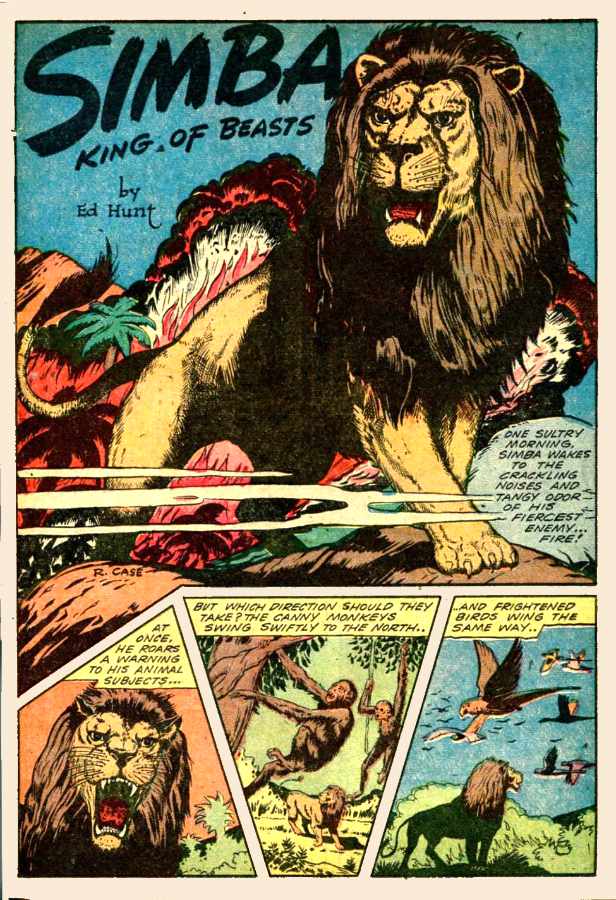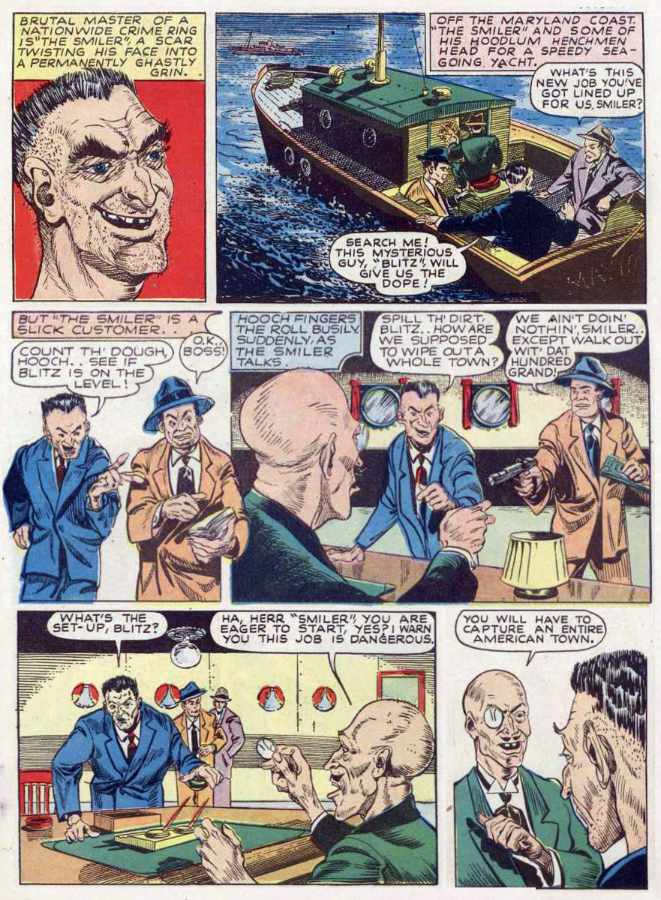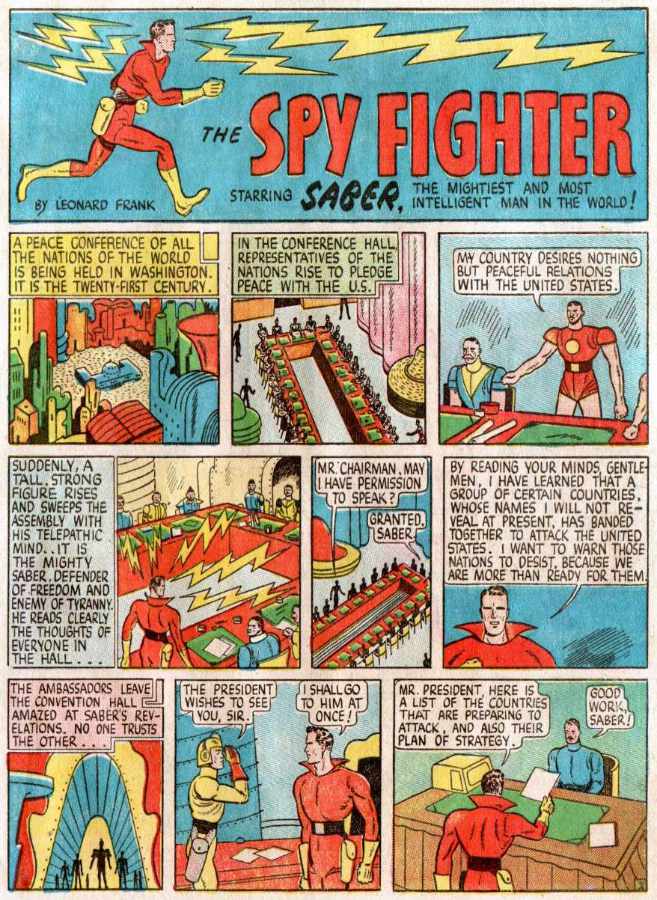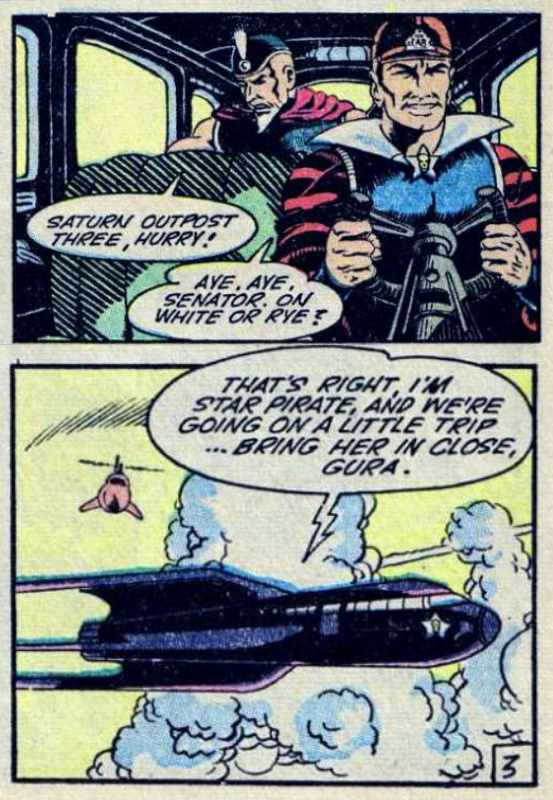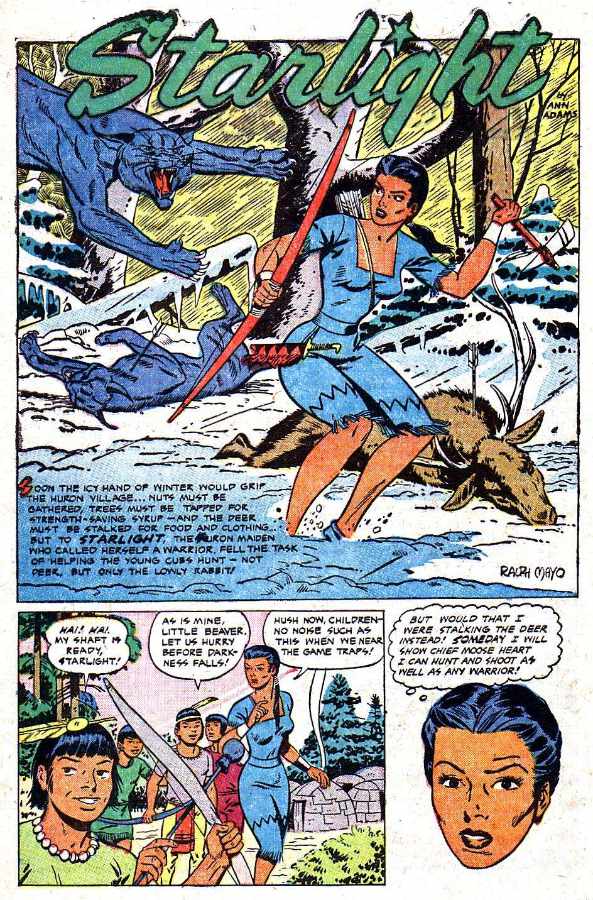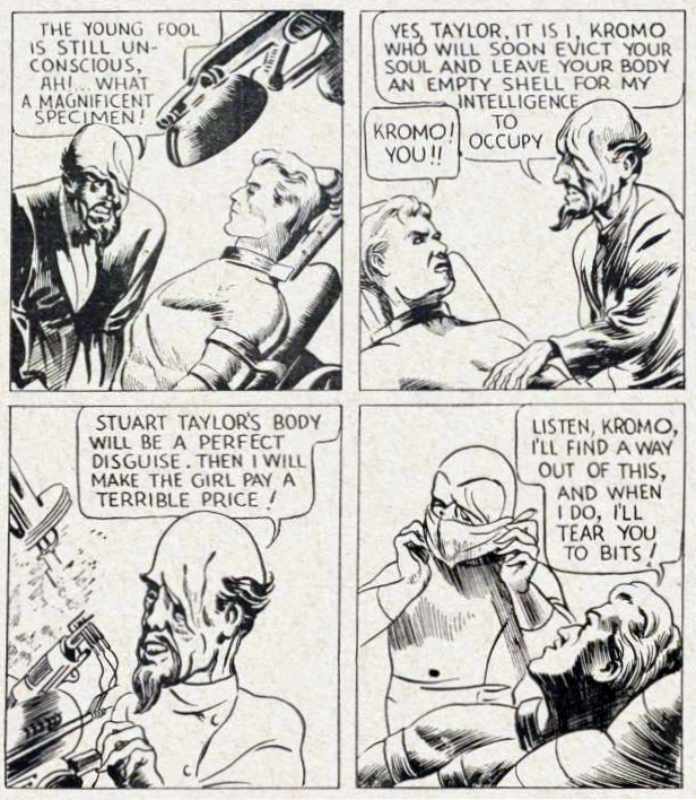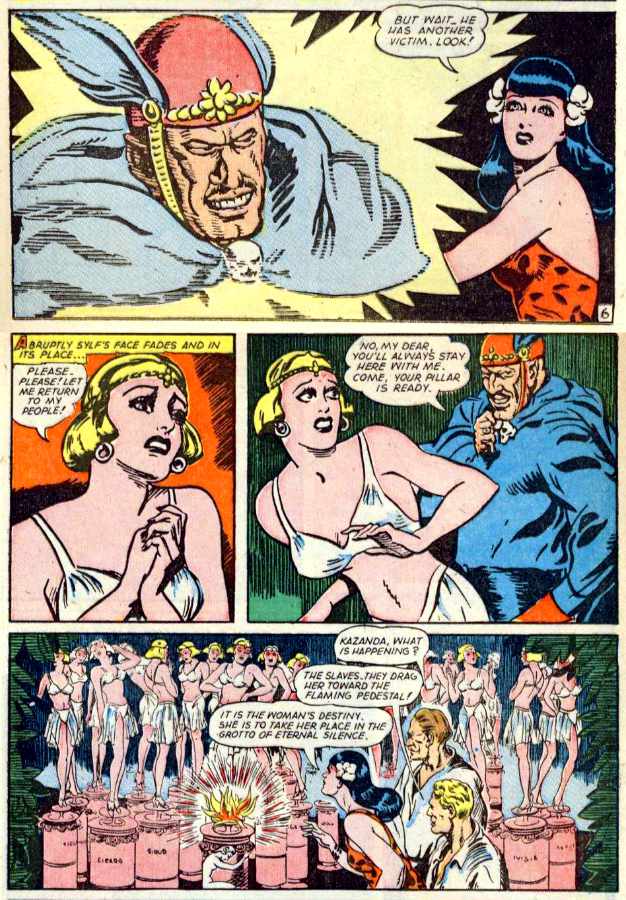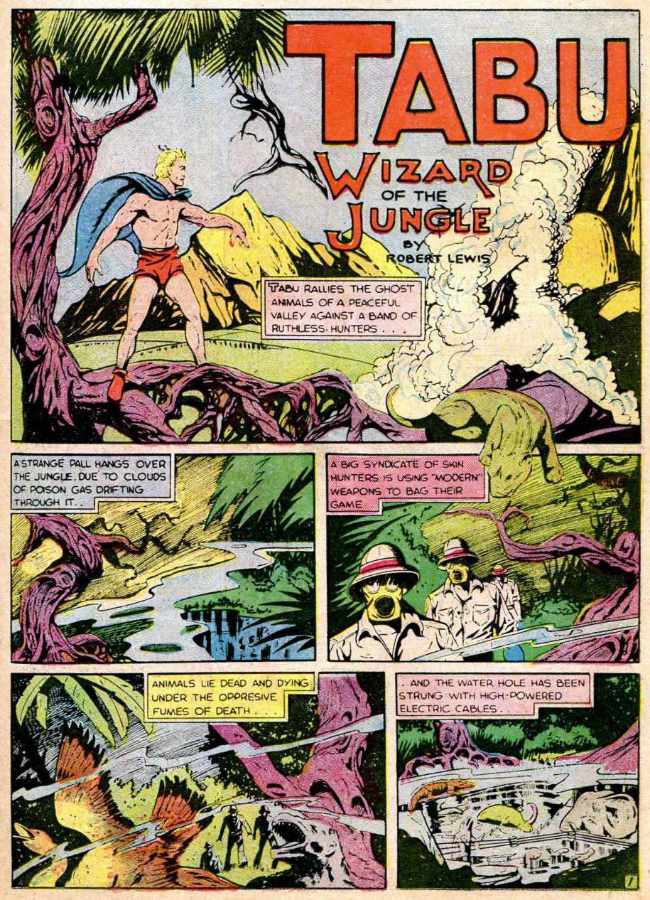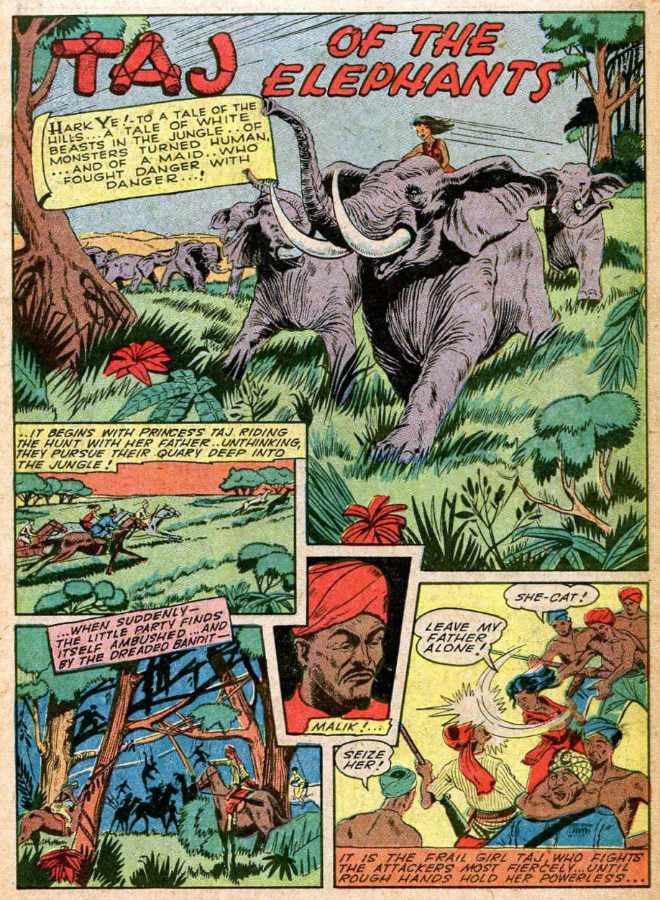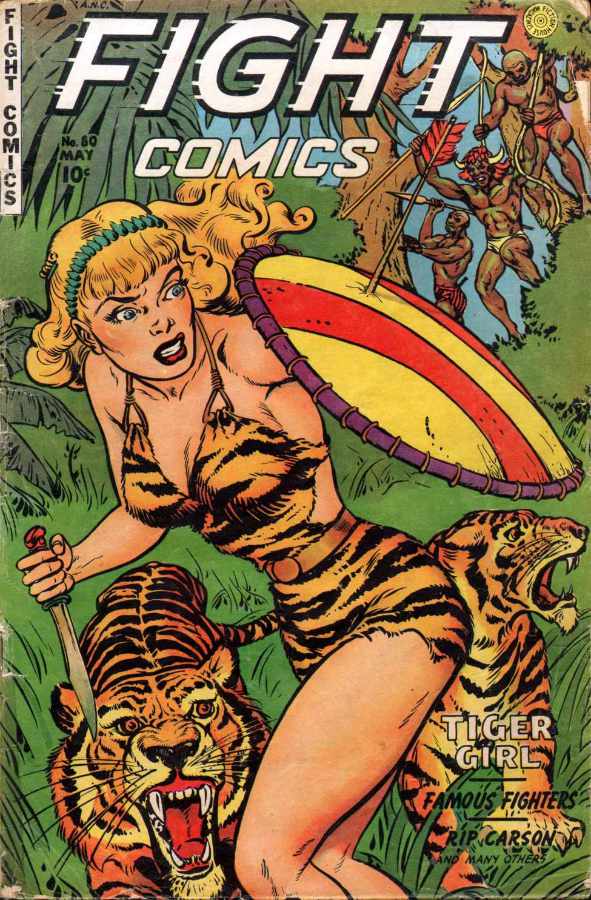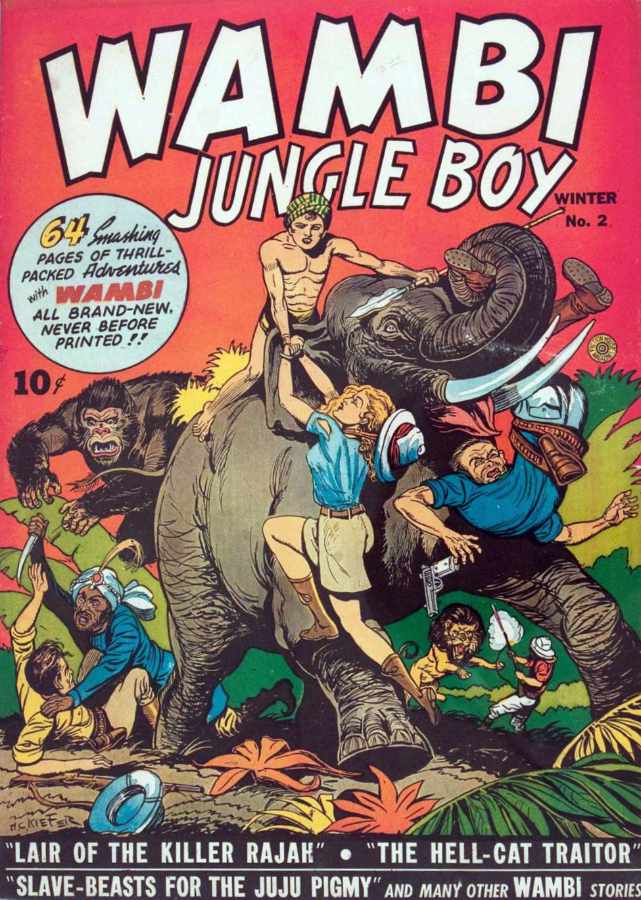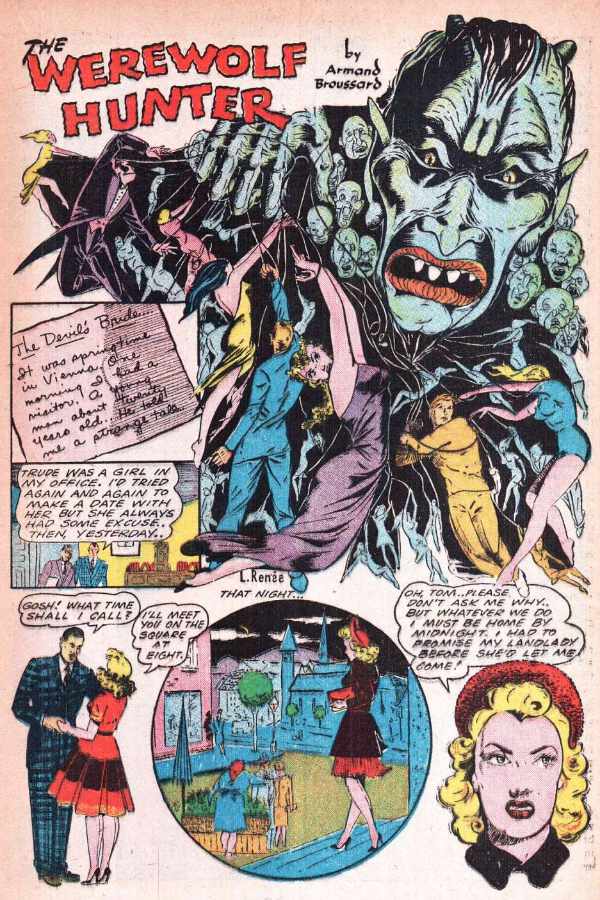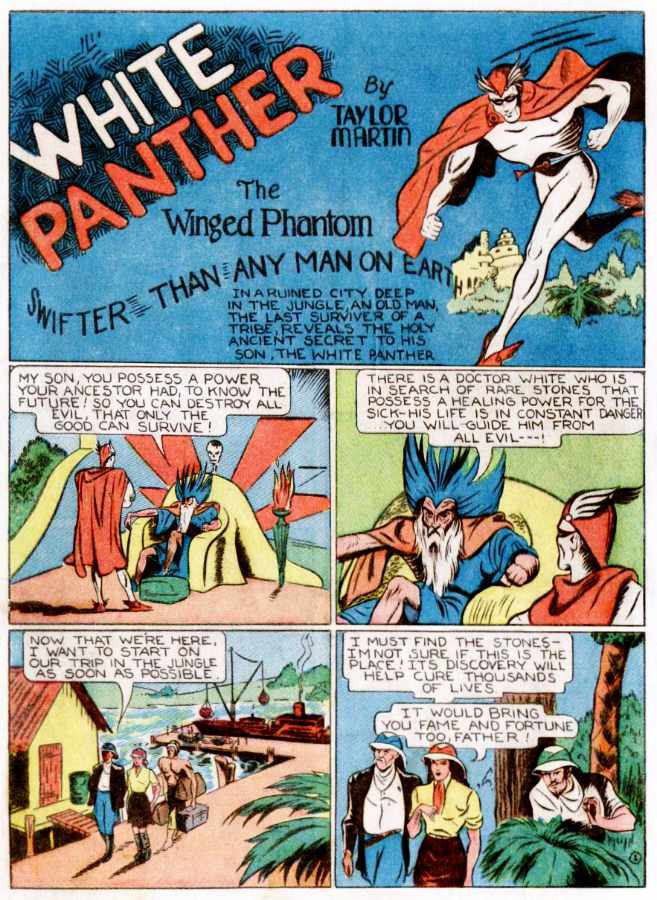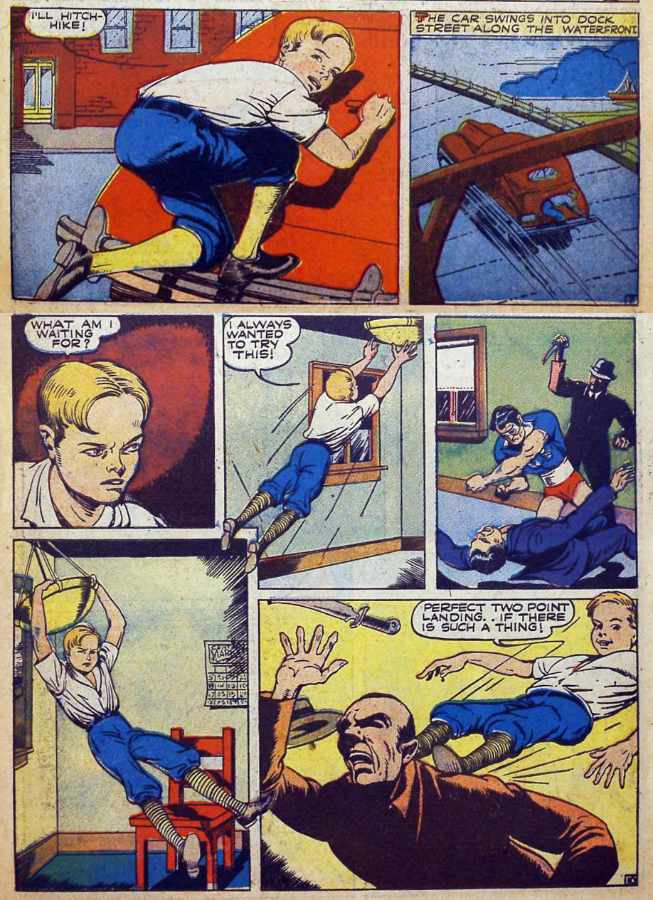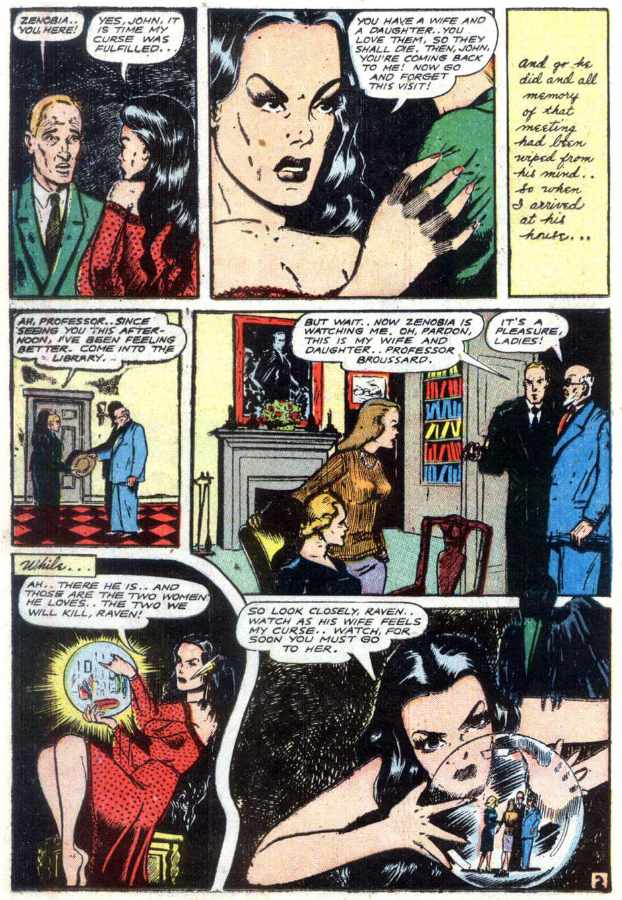| Club Fiction House Universe |
| Total Entries 128 |
| Representative Sheena |
|
Fiction House began in 1921 as a pulp-magazine publisher of primarily aviation, Western, and sports pulps. During its first decade, Fiction House produced pulp magazines such as Action Stories, Air Stories, Lariat Stories, Detective Classics, The Frontier, True Adventures, Wings, and Fight Stories. By the 1930s, the company had expanded into detective mysteries… By the late 1930s, publisher Thurman T. Scott expanded Fiction House into comic books… Scott published Jumbo Comics #1 (Sept. 1938) under the company’s Real Adventures Publishing Company imprint. Sheena, Queen of the Jungle appeared in that initial issue, soon becoming the company’s star character. Sheena appeared in every issue of Jumbo Comics (Sept. 1938 – April 1953), as well as in her 18-issue spin-off, Sheena, Queen of the Jungle (Spring 1942 – Winter 1952), the first comic book to title-star a female character. Other features in Jumbo Comics #1 included three by future industry legend Jack Kirby, representing his first comic-book work following his debut in Wild Boy Magazine… Jumbo proved a hit, and Fiction House would go on to publish Jungle Comics; the aviation-themed Wings Comics; the science fiction title Planet Comics; Rangers Comics; and Fight Comics during the early 1940s — most of these series taking their titles and themes from the Fiction House pulps… Fiction House employed either in-house or on a freelance basis such artists as Mort Meskin, Matt Baker (the first prominent African-American artist in comics), Nick Cardy, George Evans, Bob Powell, and the British Lee Elias, as well as such rare female comics artists as Ruth Atkinson, Fran Hopper, Lily Renée, and Marcia Snyder. The popularity of Sheena led to numerous other Fiction House “jungle girls”: Ann Mason (Jungle Comics), Jessie (Jungle Comics), Camilla, Wild Girl of the Congo (Jungle Comics), Fantomah, Mystery Woman of the Jungle (Jungle Comics), Princess Taj (Jungle Comics), Tiger Girl (Fight Comics), and Princess Vishnu (Fight Comics). Feminist comics historian Trina Robbins, writes “…most of [Fiction House’s] pulp-style action stories either starred or featured strong, beautiful, competent heroines. They were war nurses, aviatrixes, girl detectives, counterspies, and animal skin-clad jungle queens, and they were in command. Guns blazing, daggers unsheathed, sword in hand, they leaped across the pages, ready to take on any villain. And they did not need rescuing. ~ Fiction House – Wikipedia
|
